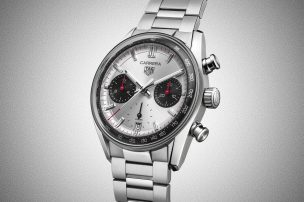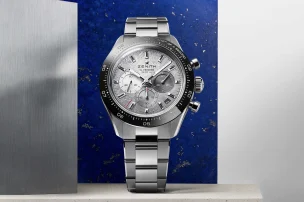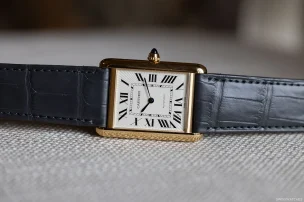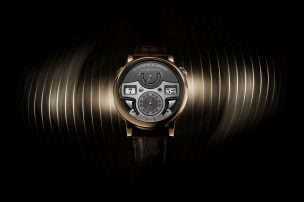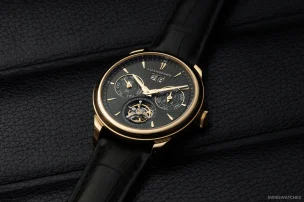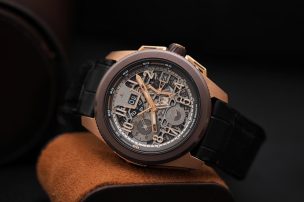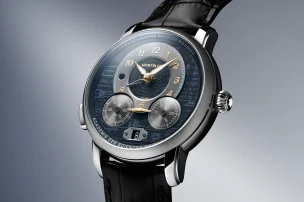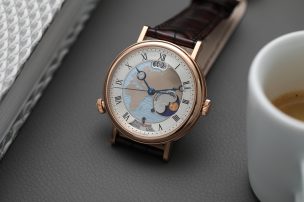
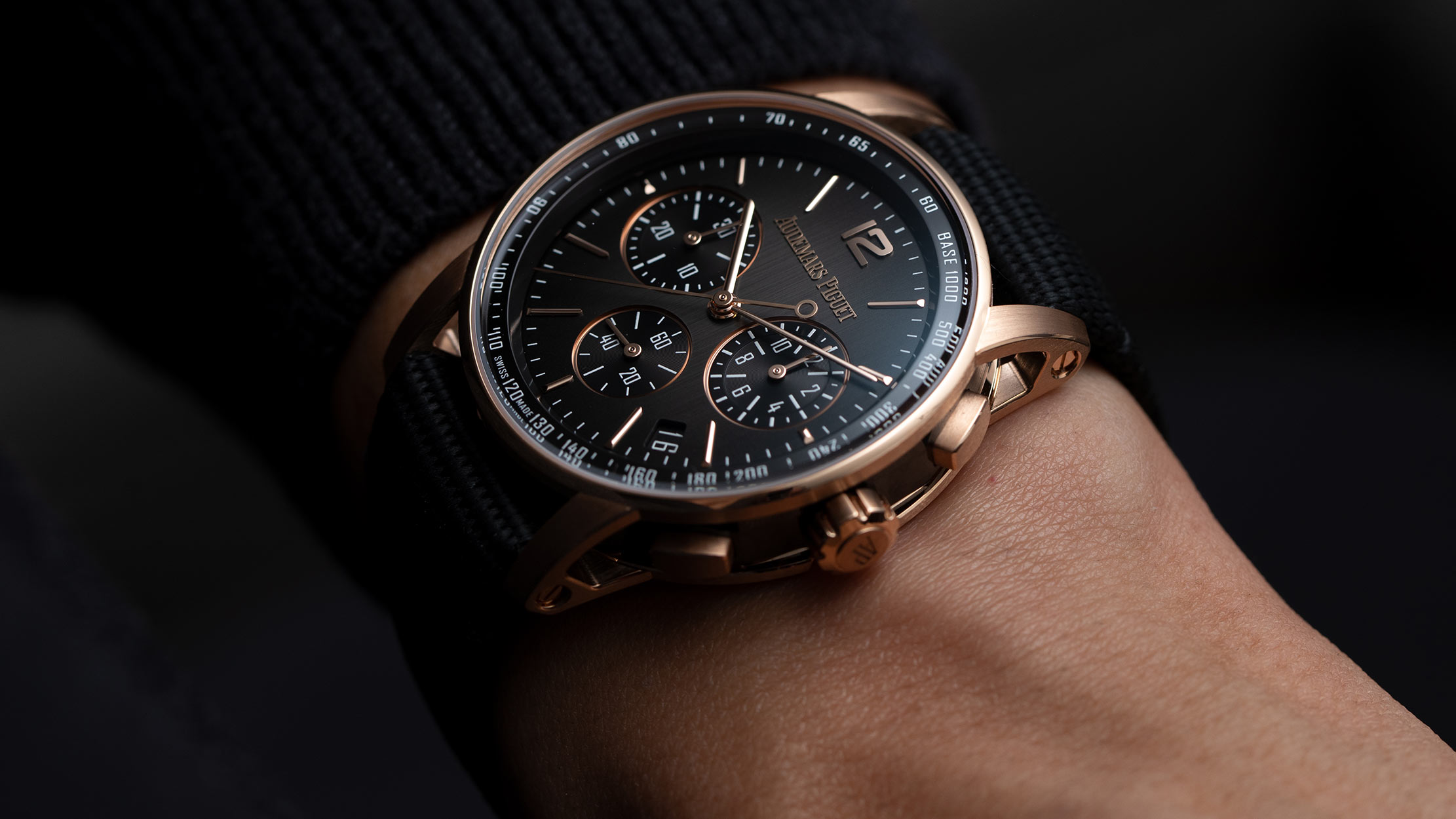
A Bold Step Into The Future: Audemars Piguet Code 11.59 Selfwinding Chronograph Gold & Ceramic
Code 11.59 by Audemars Piguet is one of those models whose true character only comes to light at second or third glance. This also explains why, upon its launch in 2019, the collection didn’t exactly get off to a smooth start. Far too many jumped the gun, without giving the newcomer the chance to introduce itself properly. From a craftsmanship perspective, at the very least, this is unjustifiable. After all, from the three-part case and vertically domed sapphire crystal to the “floating” lugs, every single part is thoroughly thought through, down to the very last detail.
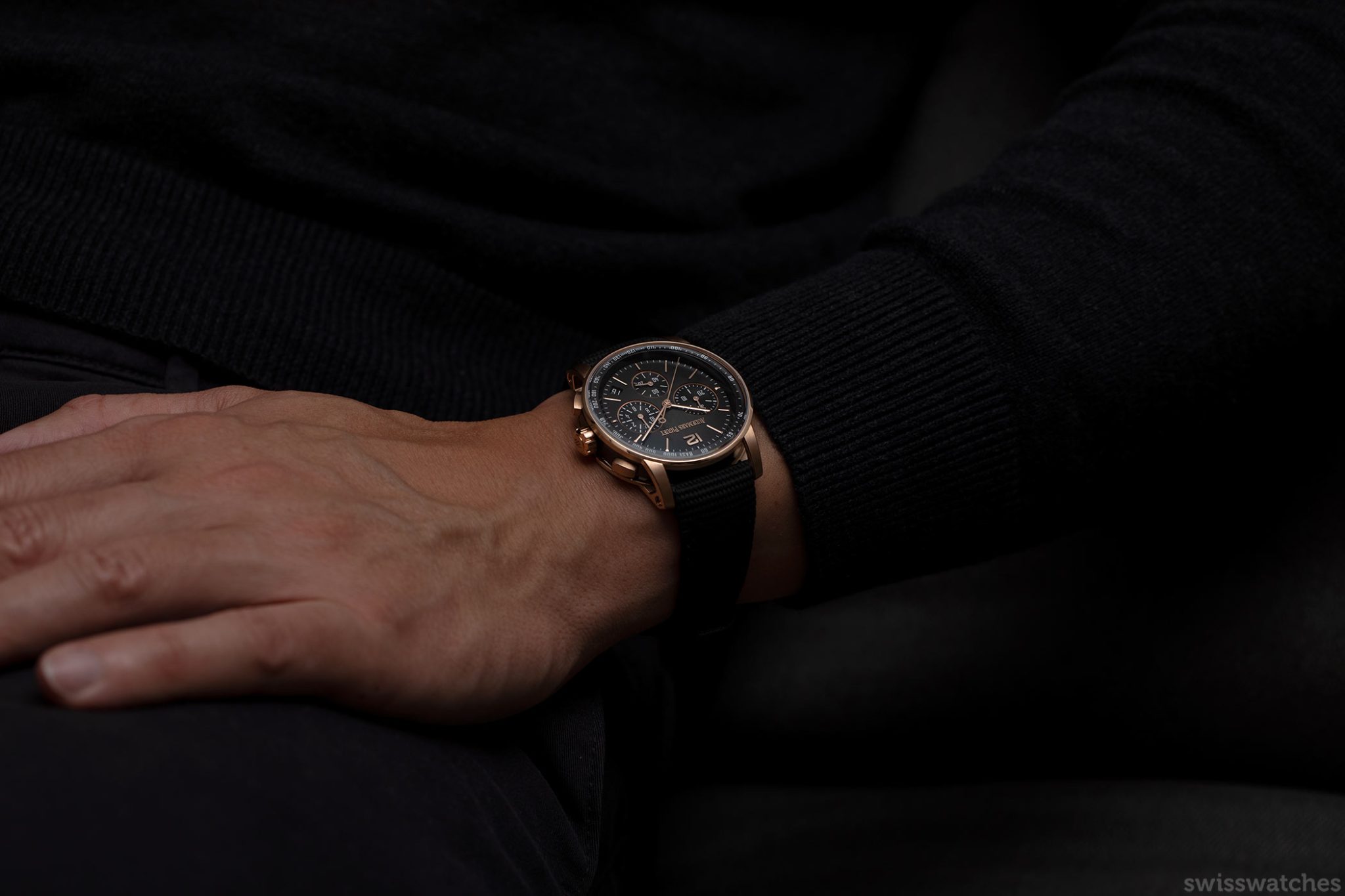

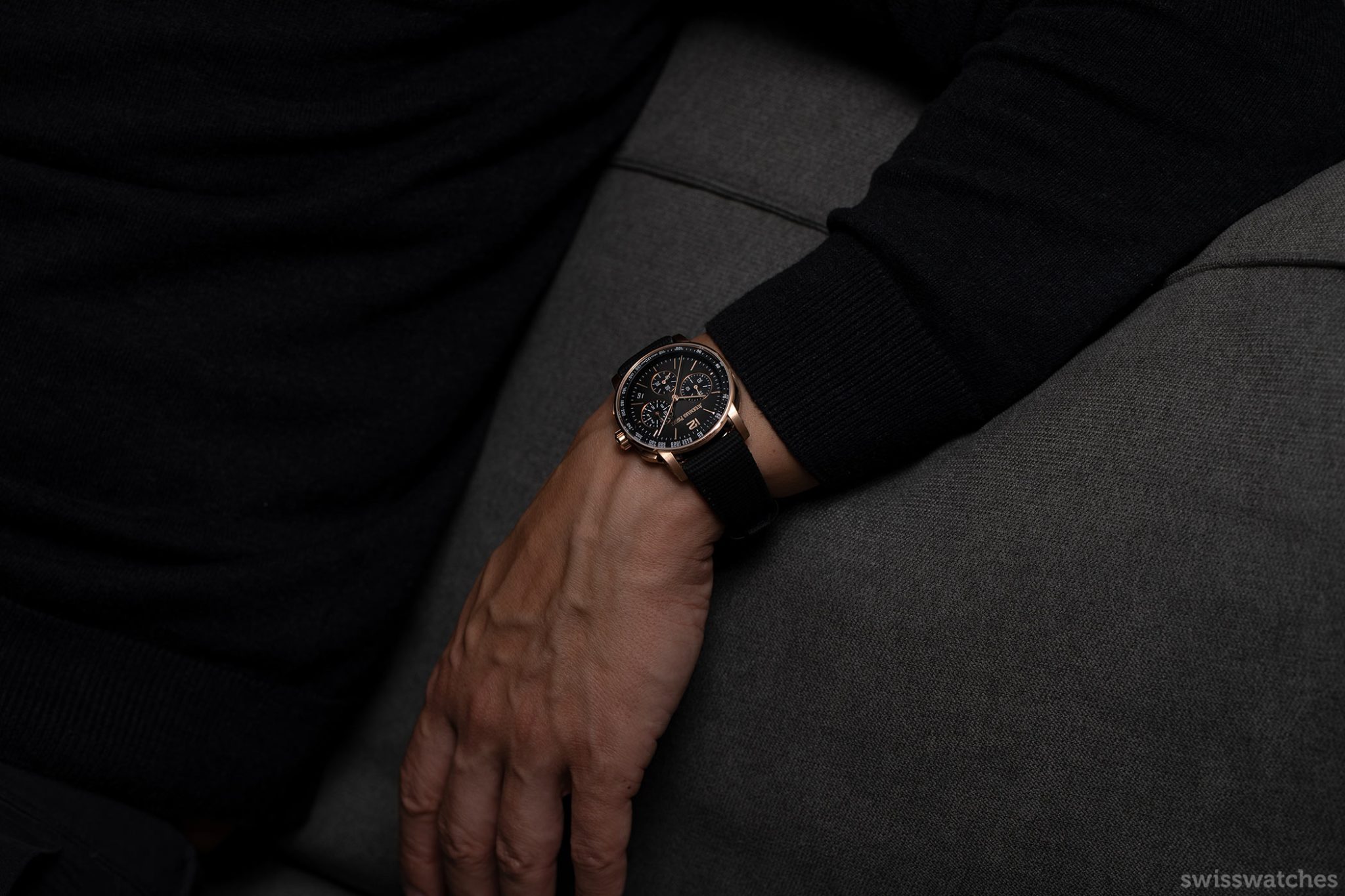
Theoretically, AP could have been truly indifferent to its reception, given they wanted to address a whole new target audience with the Code 11.59 by Audemars Piguet anyway. The manufacture was aiming for clients who did not exclusively associate the brand with its Royal Oak. Additionally, the new line could potentially entice AP fans who already had their fill of the brand’s most iconic model, which has been on the scene ever since 1972. As our writer Catherine eloquently put it, “The Code 11.59 will appeal to a new clientele, but also remind fans of the brand what the manufacture is capable of. It can encourage us, as individuals, to open our eyes and our minds, and see that there is a wealth of watches waiting to be discovered – if only we learn to look past the cult classics.”
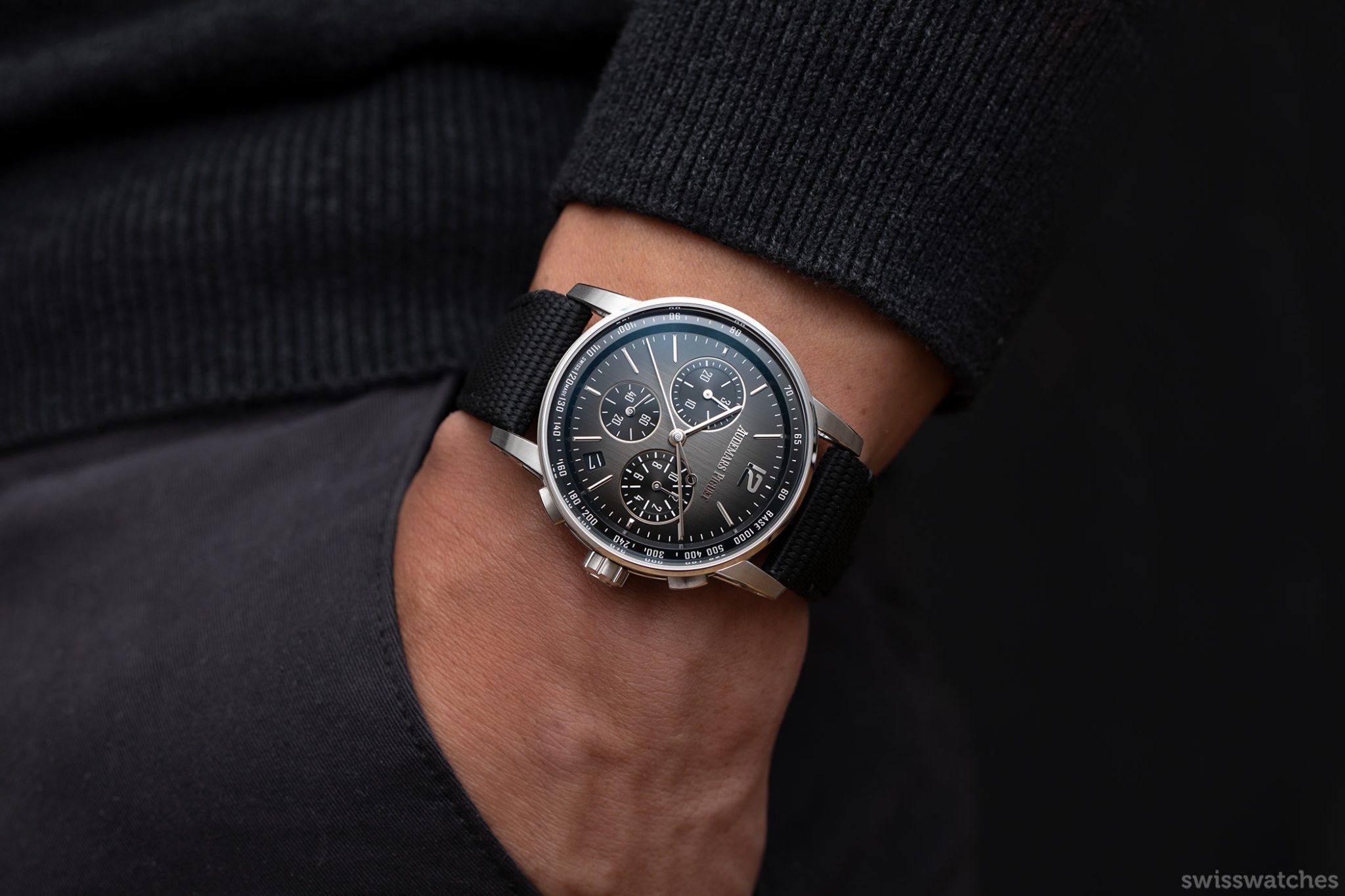
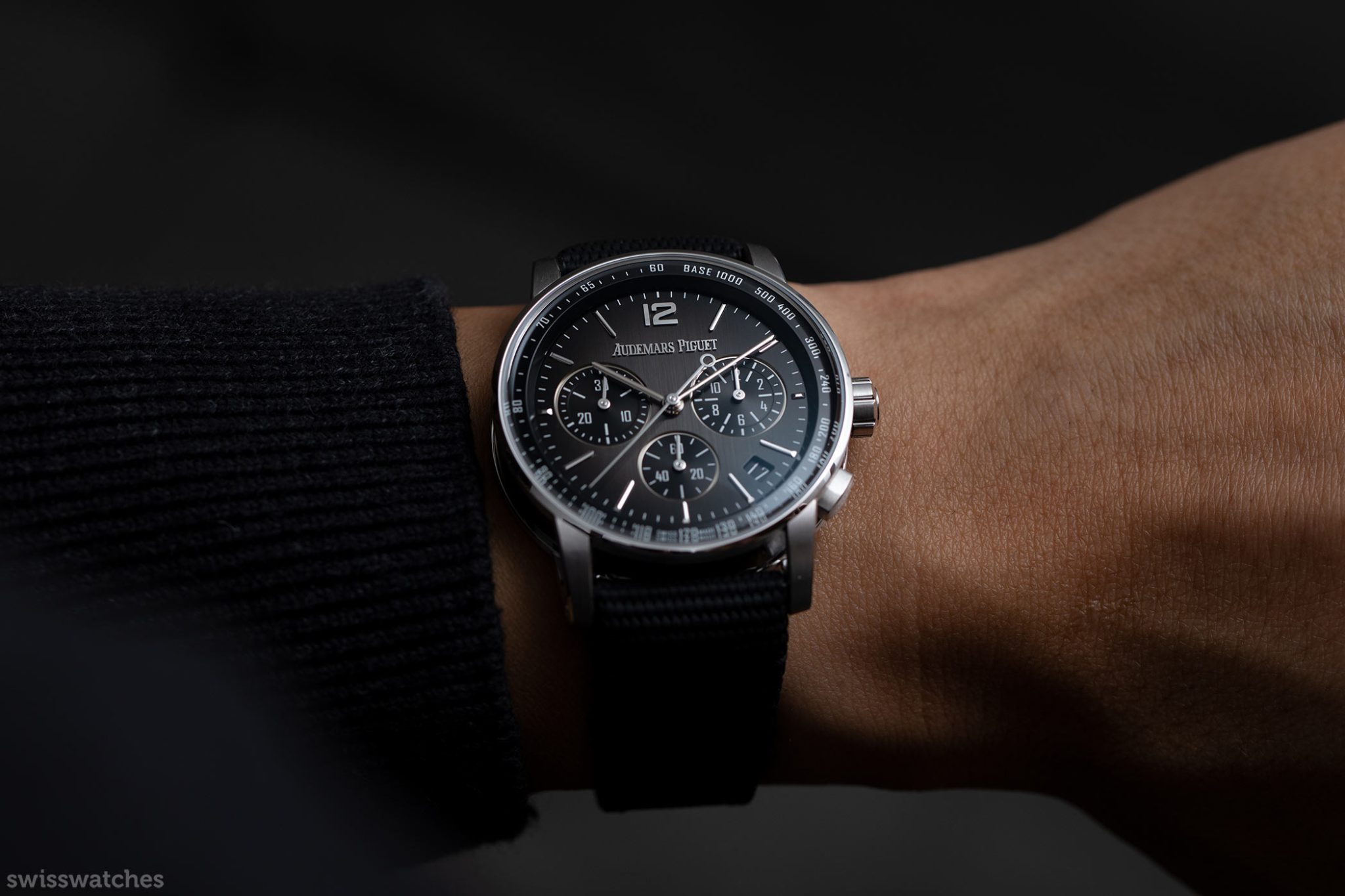
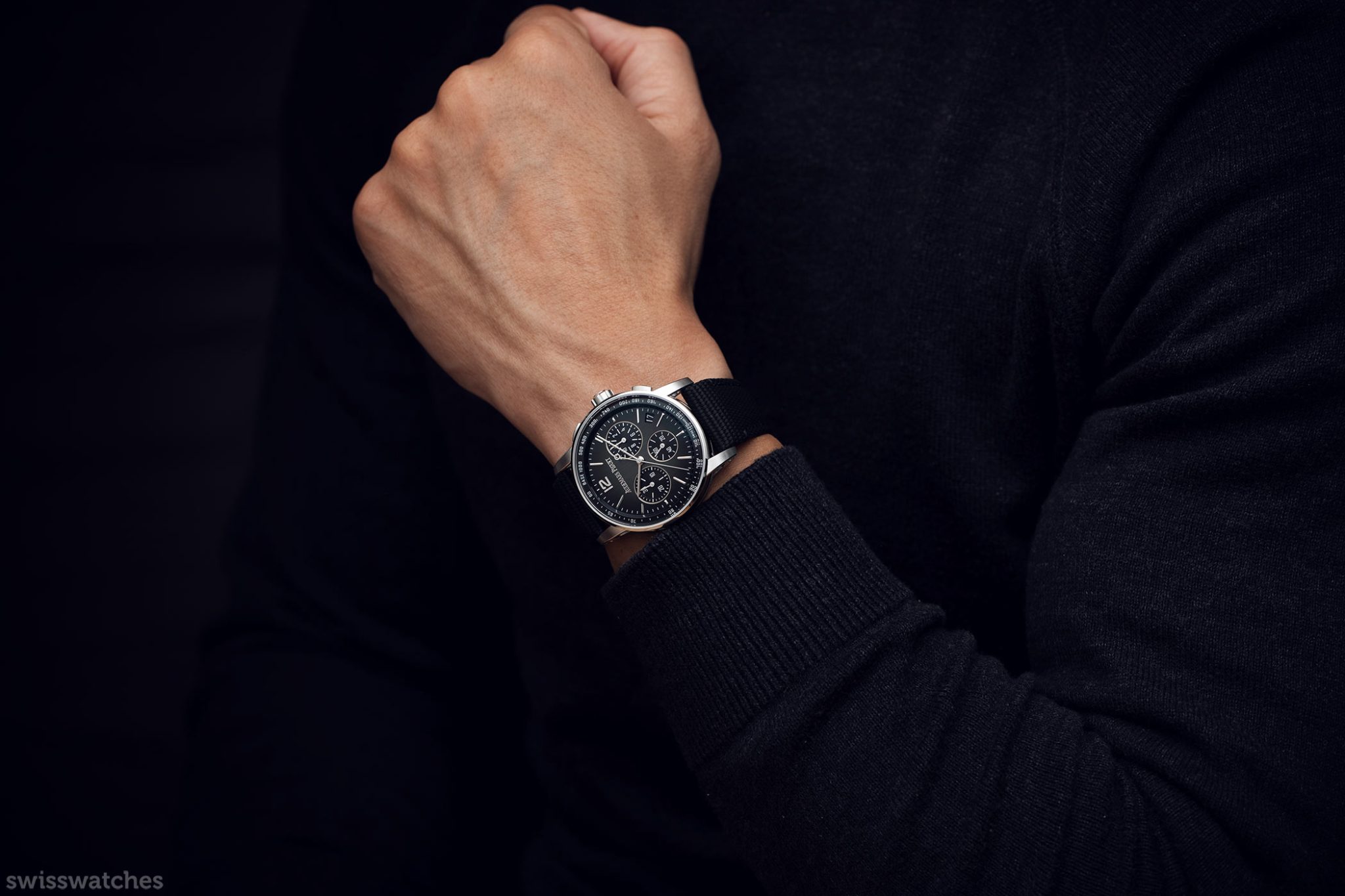
A bold step towards the future
In order for Code 11.59 to distinguish itself, it has appeared in many forms over the last couple of years. This includes the likes of brightly coloured lacquered dials, chronographs, automatic movements, haute horlogerie complications, and bicolour cases. Given that bicolour aesthetics highlight the watch’s sophisticated case construction, the brand is now introducing two new Code 11.59 by Audemars Piguet Selfwinding Chronograph bicolour models. These come in white and rose-gold respectively, with the middle part of the case in ceramic. While probably not AP’s initial nor sole intention, this takes the manufacturing process to a whole new level of complexity.
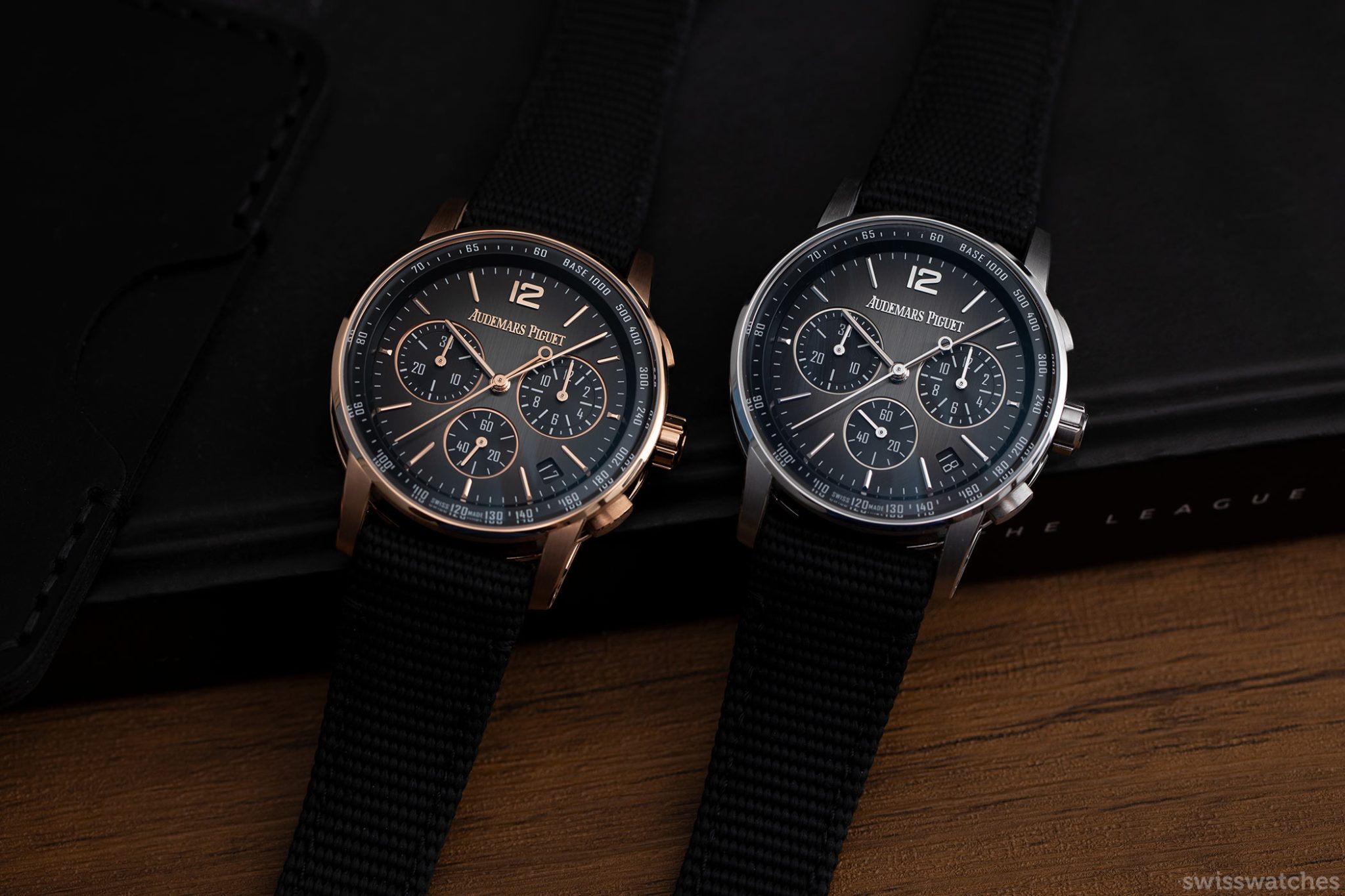
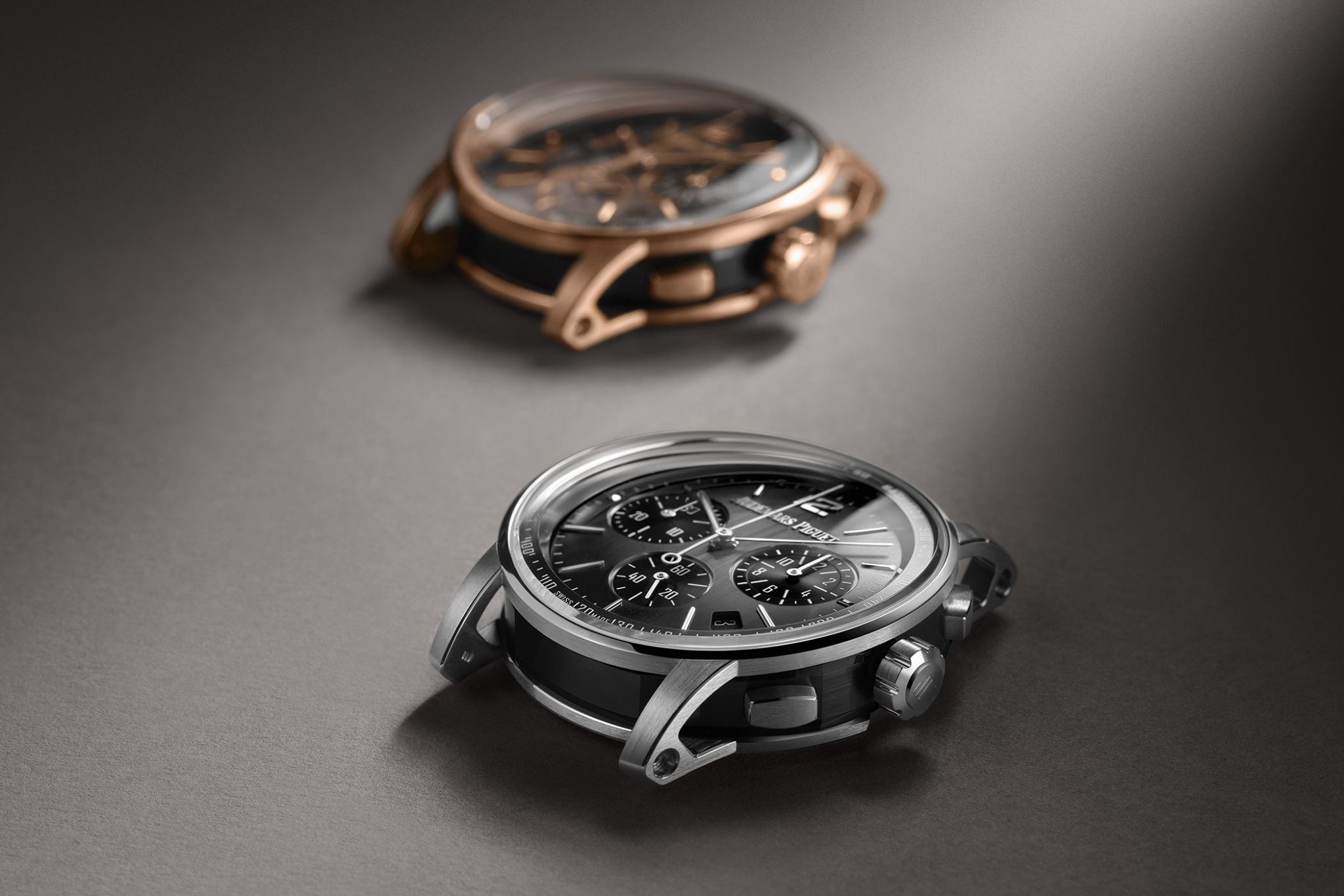
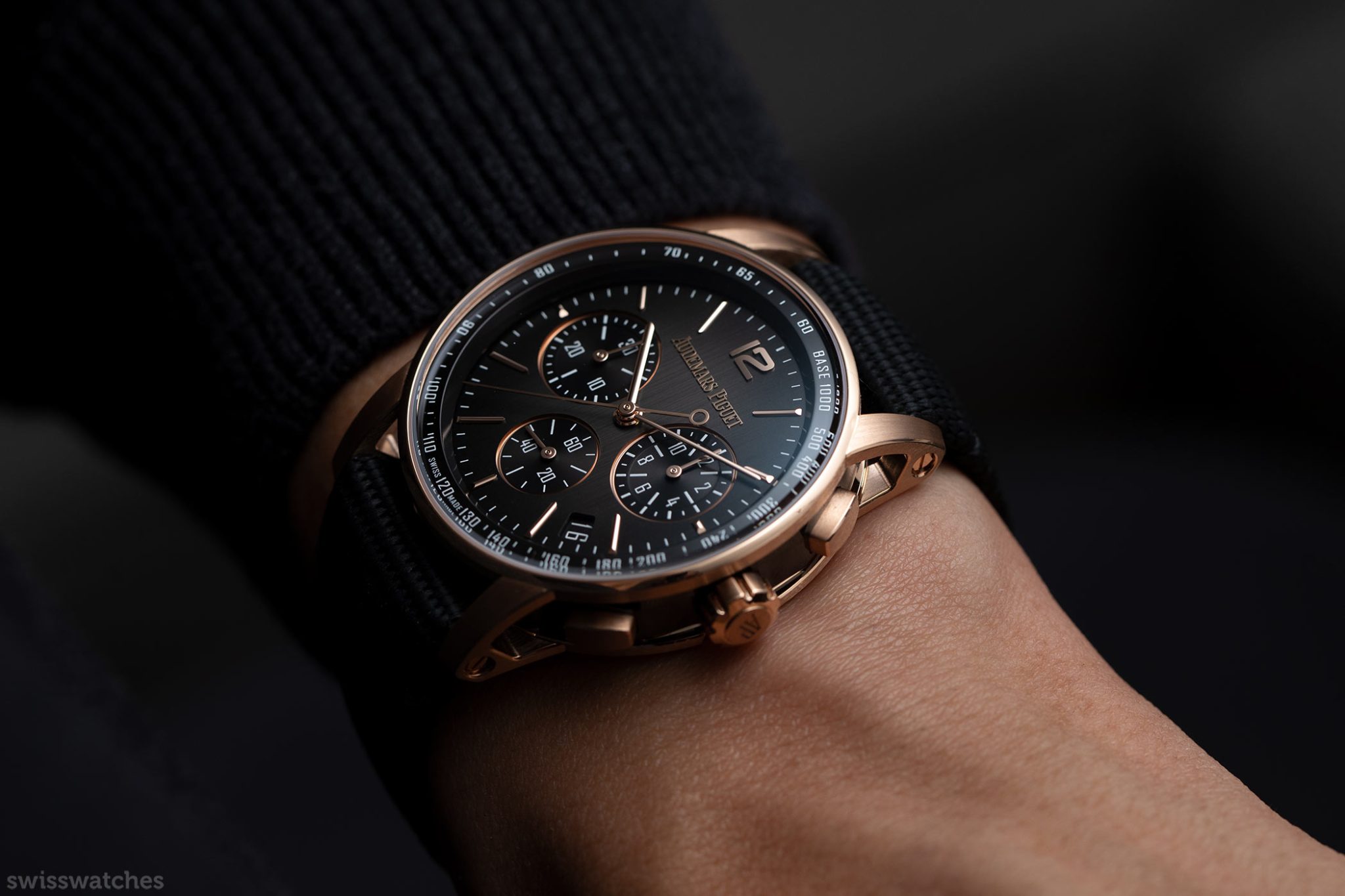
As if the production of the case’s twelve-cornered middle part didn’t already present the manufacture with a major challenge, the addition of ceramic required an even more complex production process. The material, whose exact composition is kept secret, is shaped into its preliminary form using the latest generation 5-axis CNC
machine technology. During sintering (intense heating), the ceramic attains its hardness upon reaching around 1400 degrees Celsius. However, the challenge here is that during the process, the ceramic material shrinks by about 25 percent.
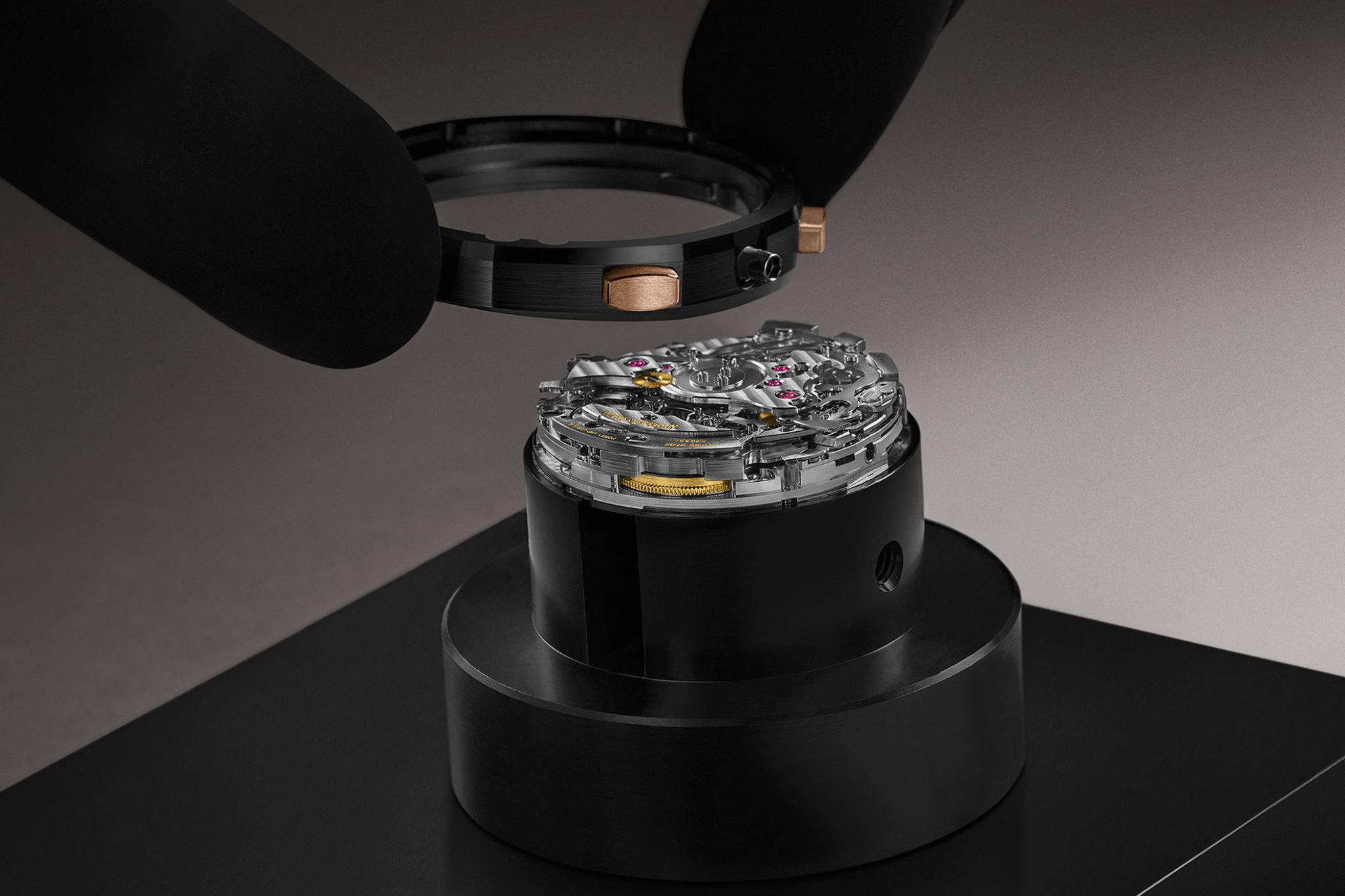
Next, the geometric surfaces are pre-polished and pre-satin-brushed, before experts finish them by hand. More specifically, every case surface is satin-finished, while each bevel is polished. This achieves a highly elegant shine, not to mention a level of variety across the case. In order to meet its own high standards, as one would expect from the Le Brasses-based manufacture, it brought in outside help for the production of its ceramic components. Family-run Swiss company Bangerter specialises in the creation of precision components made of advanced ceramics, and now also produces for AP.
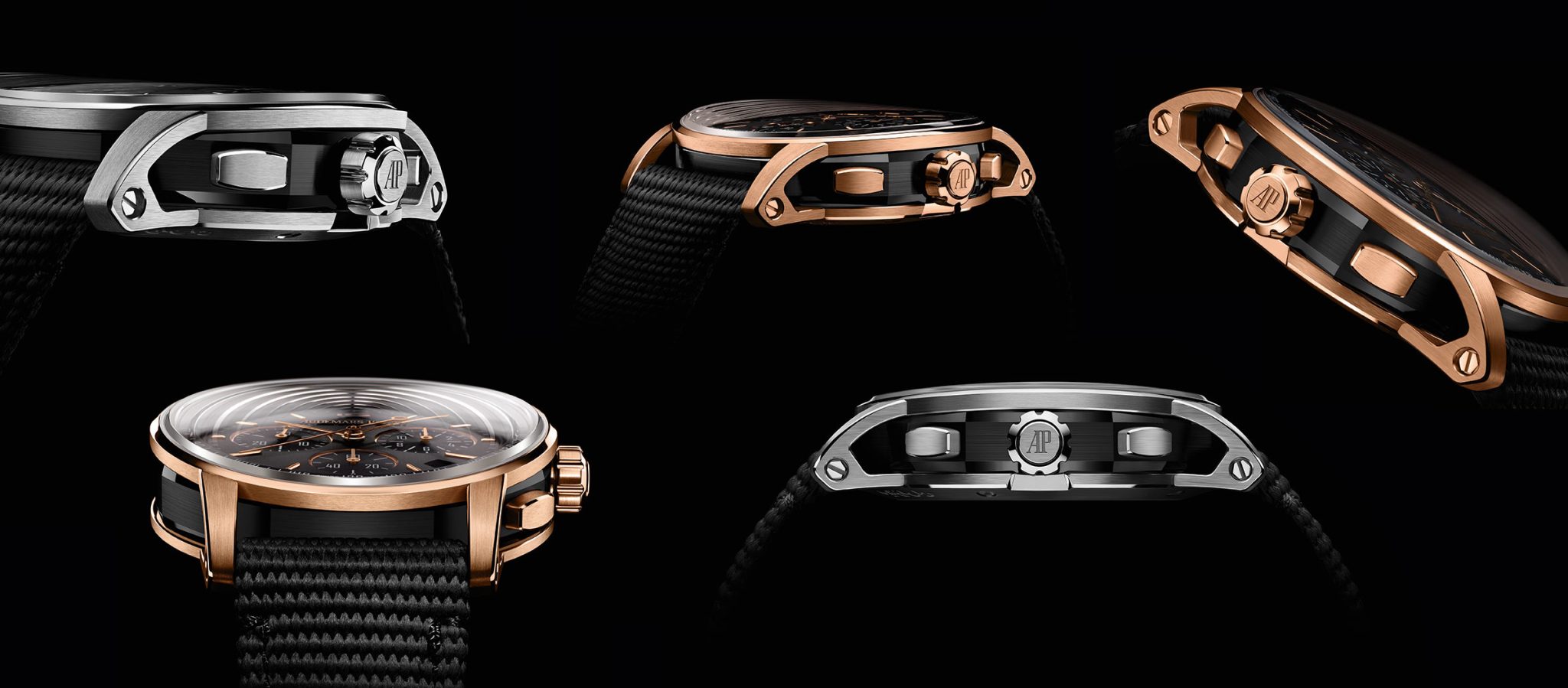
A new dial and strap
The Code 11.59 also has a couple of other new features. The smoky-grey dials showcase vertical satin finishing. Meanwhile, the black chronograph subdial counters and the inner bezel add depth to the dial, thus also harmonising with the black ceramic part of the case. By contrast, the hour markers and hands match the colour of the bezel, lugs, and caseback. Both are in either 18-carat rose- or white-gold.
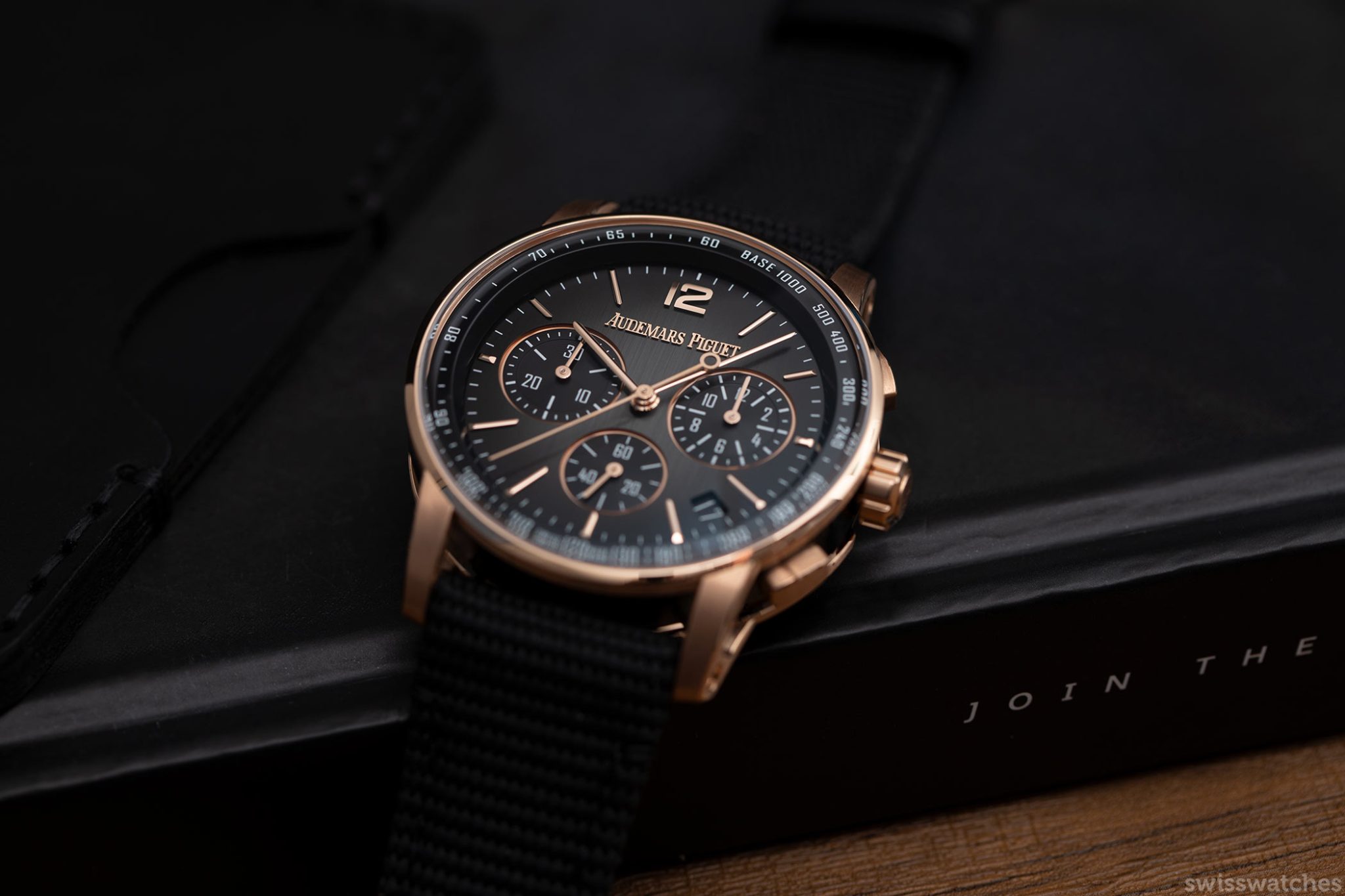
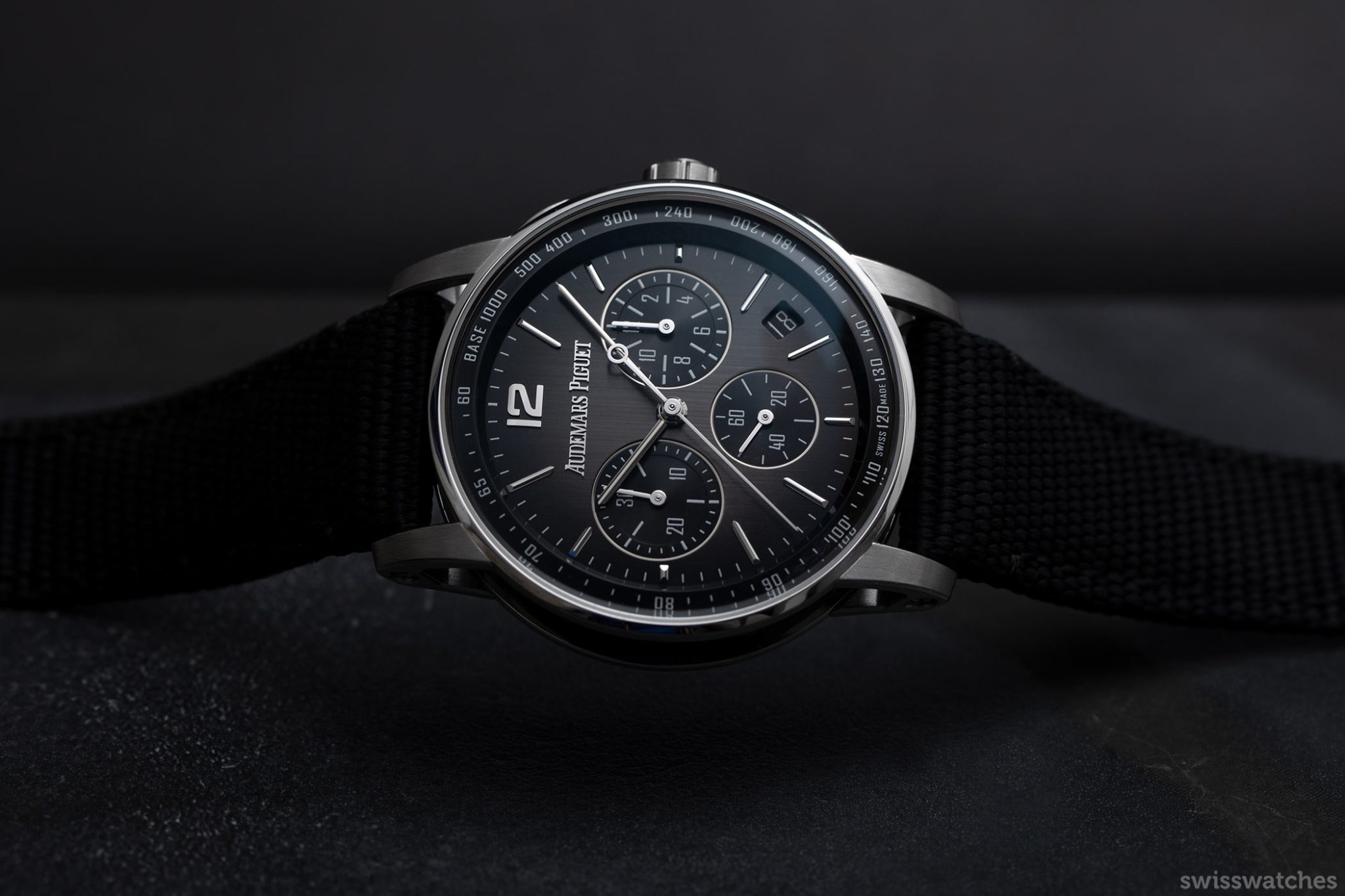
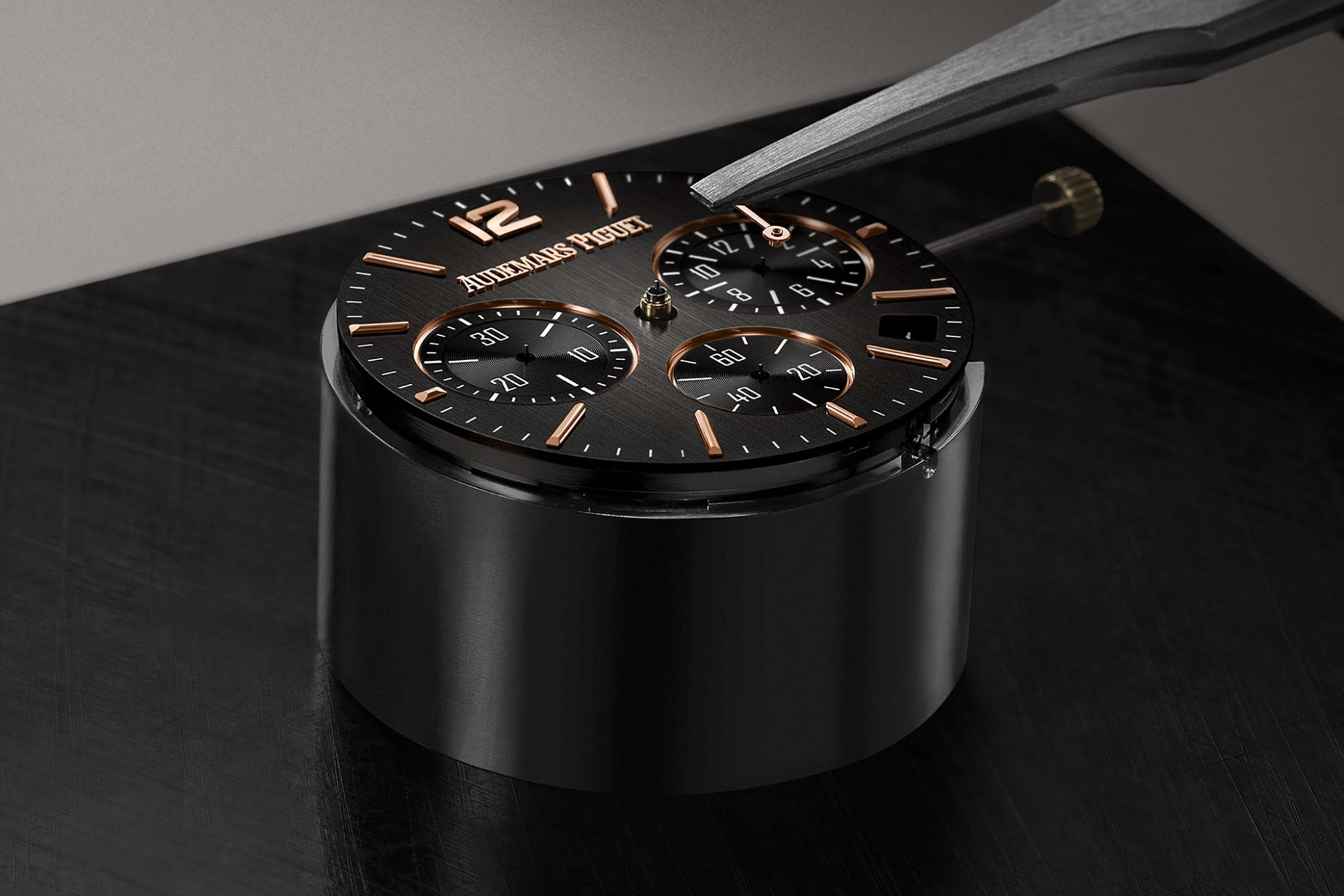
Interestingly, the ceramic inlay in the watch makes it not only lighter and more wearable, but also sportier. The Code 11.59 generally falls into the category of dress watch. However, it now transforms into a somewhat more casual piece. This is also thanks to the new special rubber-coated calf leather strap with a textured finish, matching its laissez-faire ceramic look.
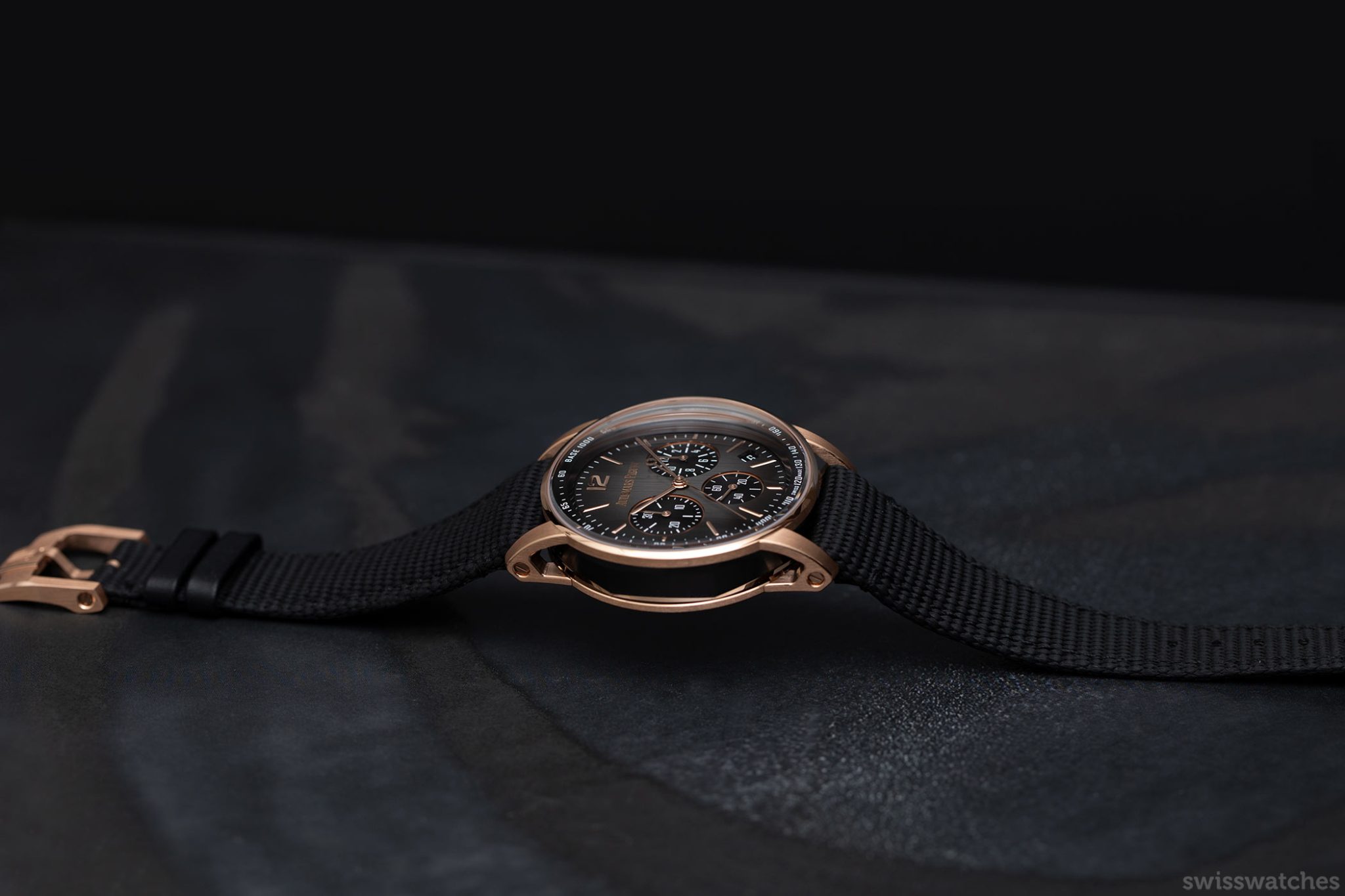
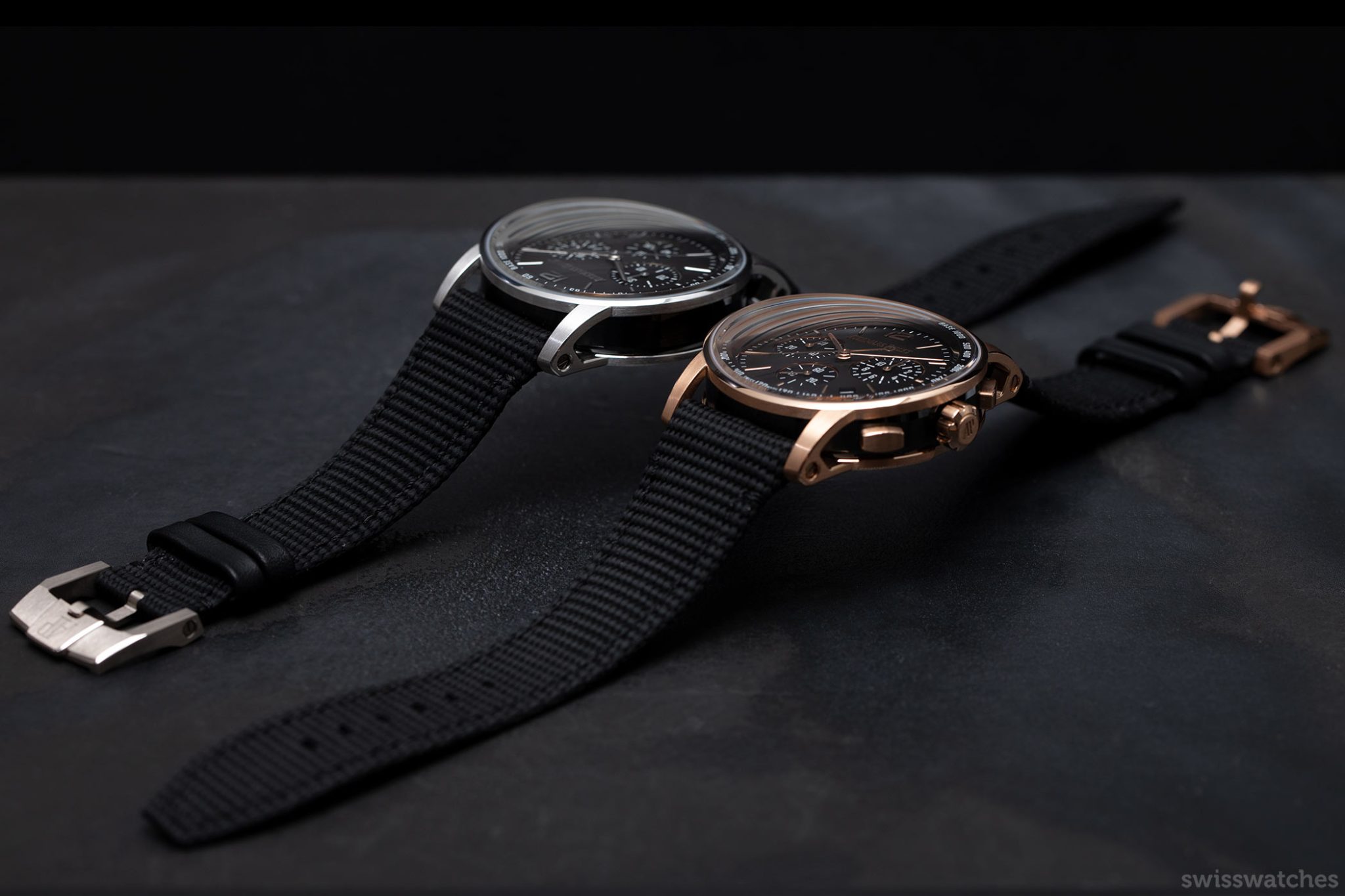

Trusted design codes
The logo
Usually, logos or lettering are either printed onto dials or painted by hand. AP, however, chose a far more complex process for its Code 11.59 line. CEO François-Henry Bennahmias wanted the lettering written out and applied in gold. The 12.5 mm-long lettering of “Audemars Piguet” uses the process of galvanisation. This is a chemical process, by which razor-thin layers of 24-carat gold are laid on top of each other. This creates the logo’s special 3D effect.
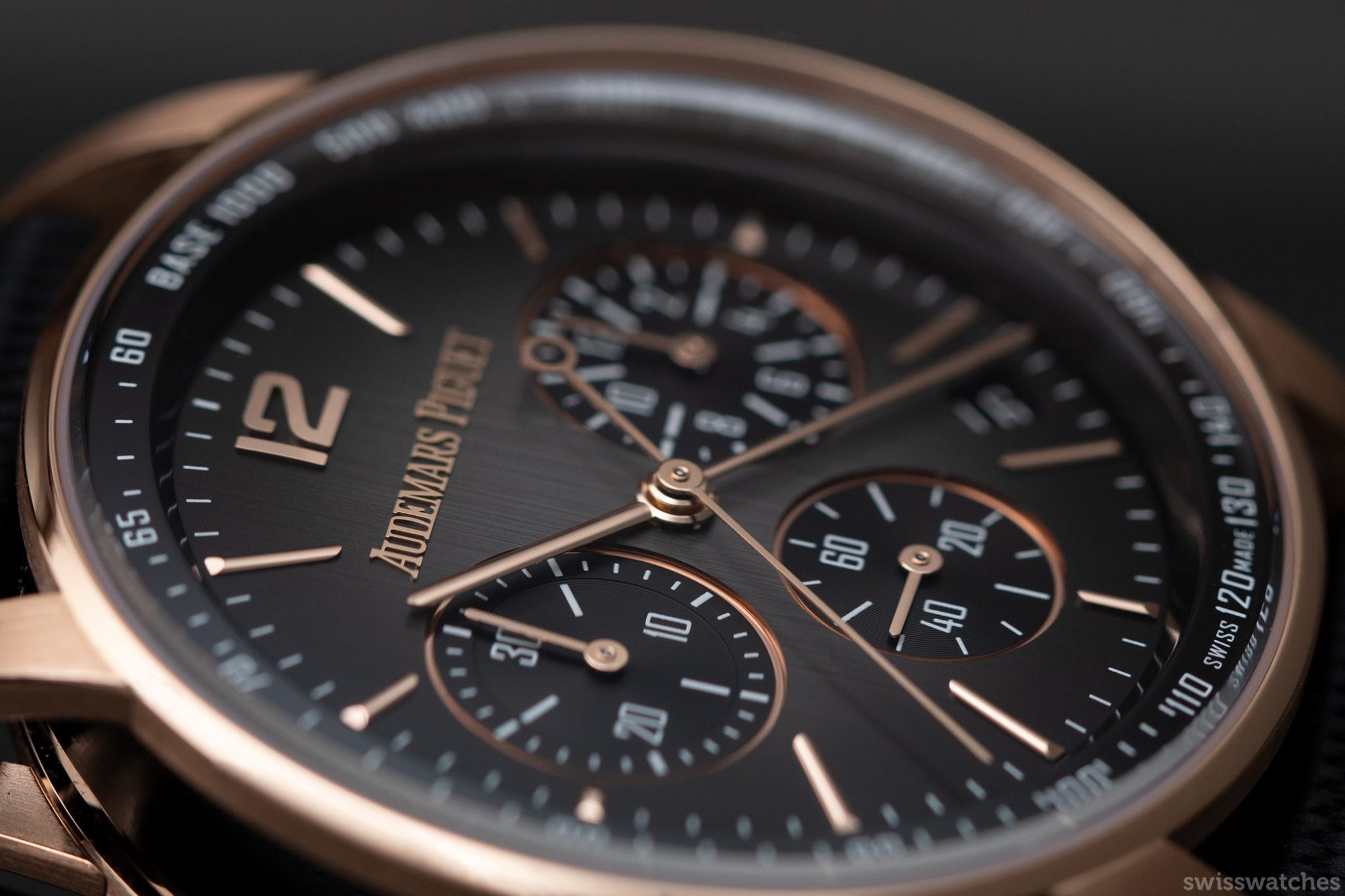
The process itself is not particularly rare in watchmaking. However, working with gold is much more challenging. The “A” and “U” letters of the logo are incredibly thin, and the links between the individual letters are no bigger than a human hair.
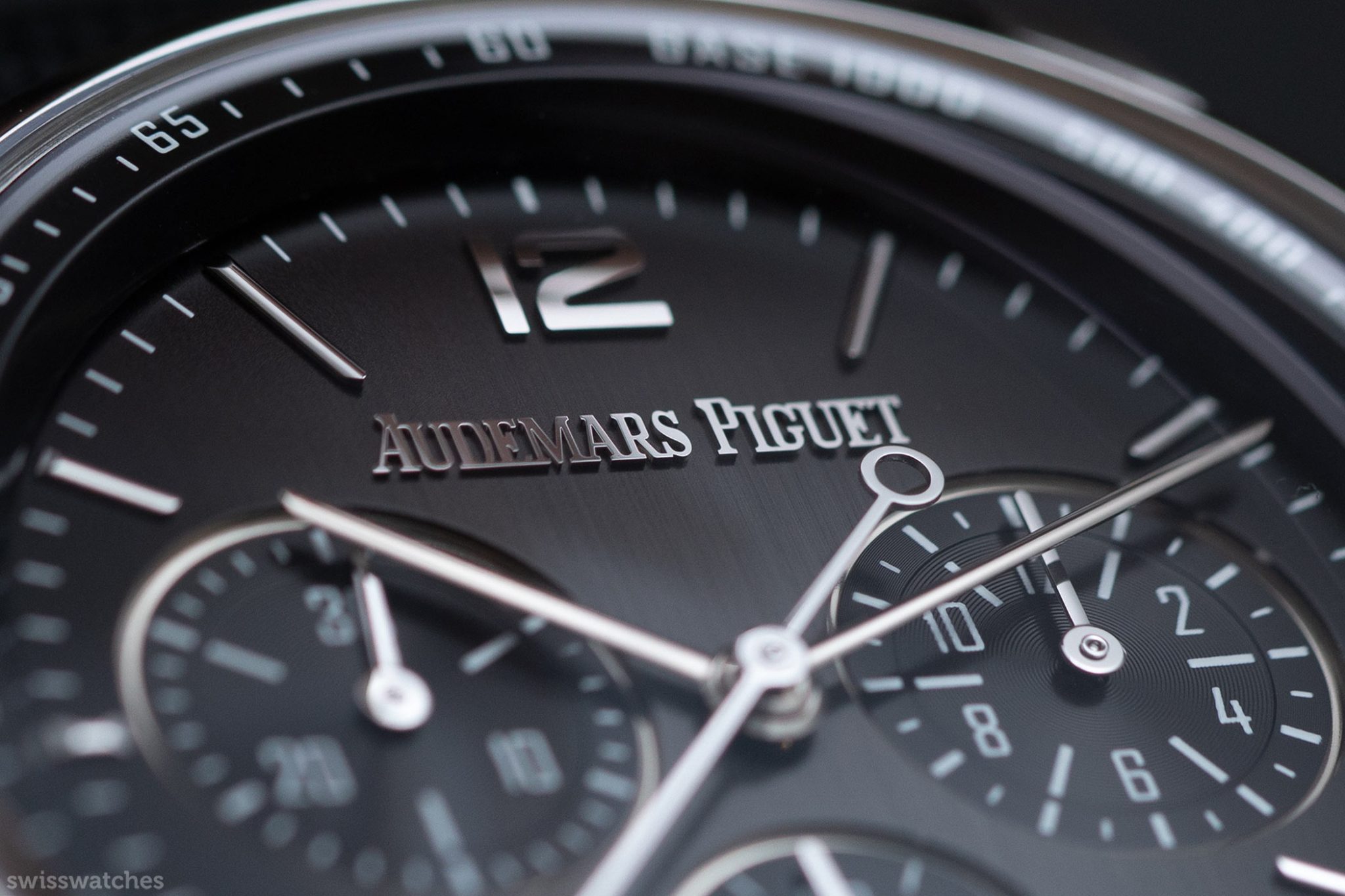
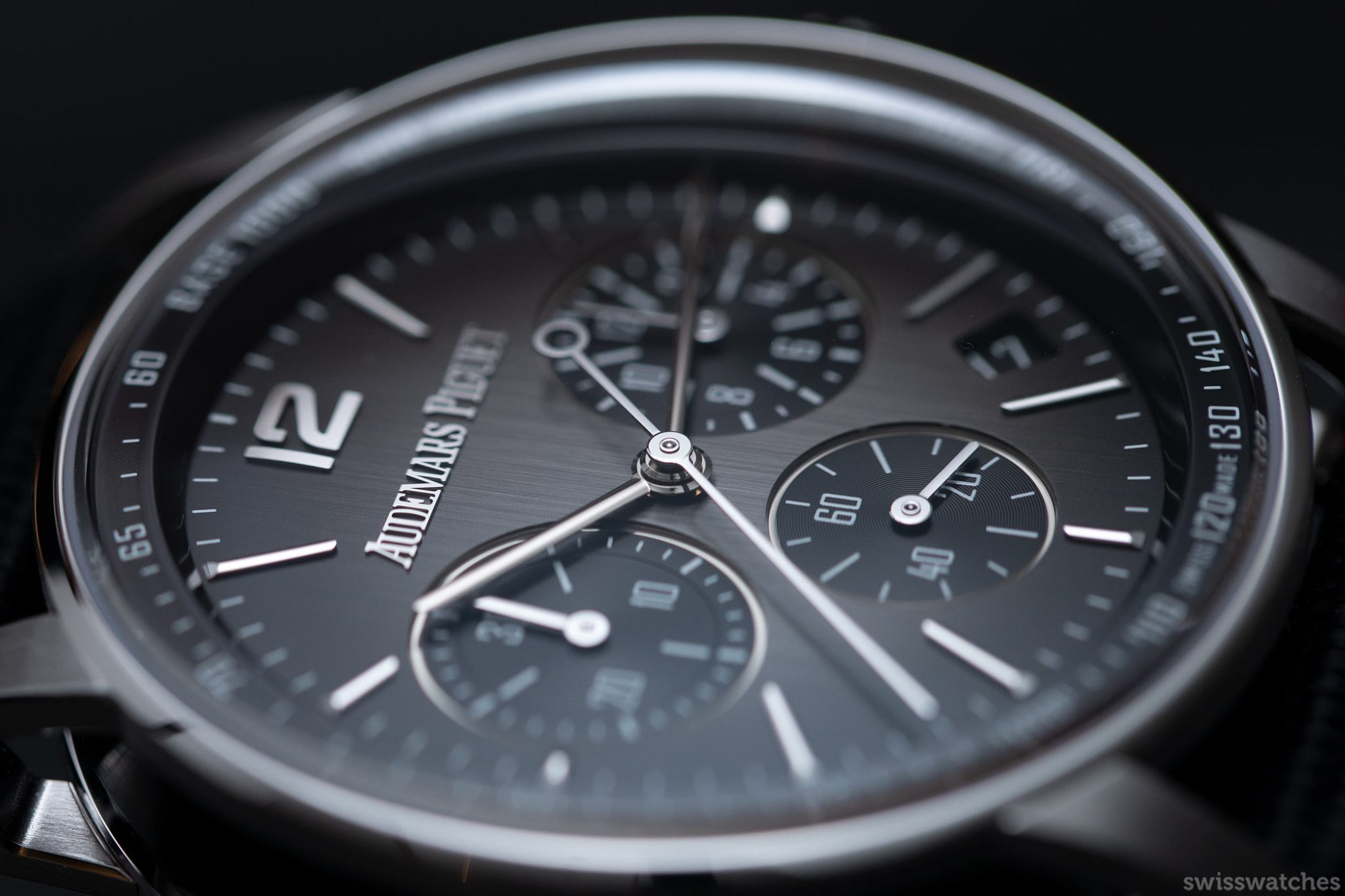
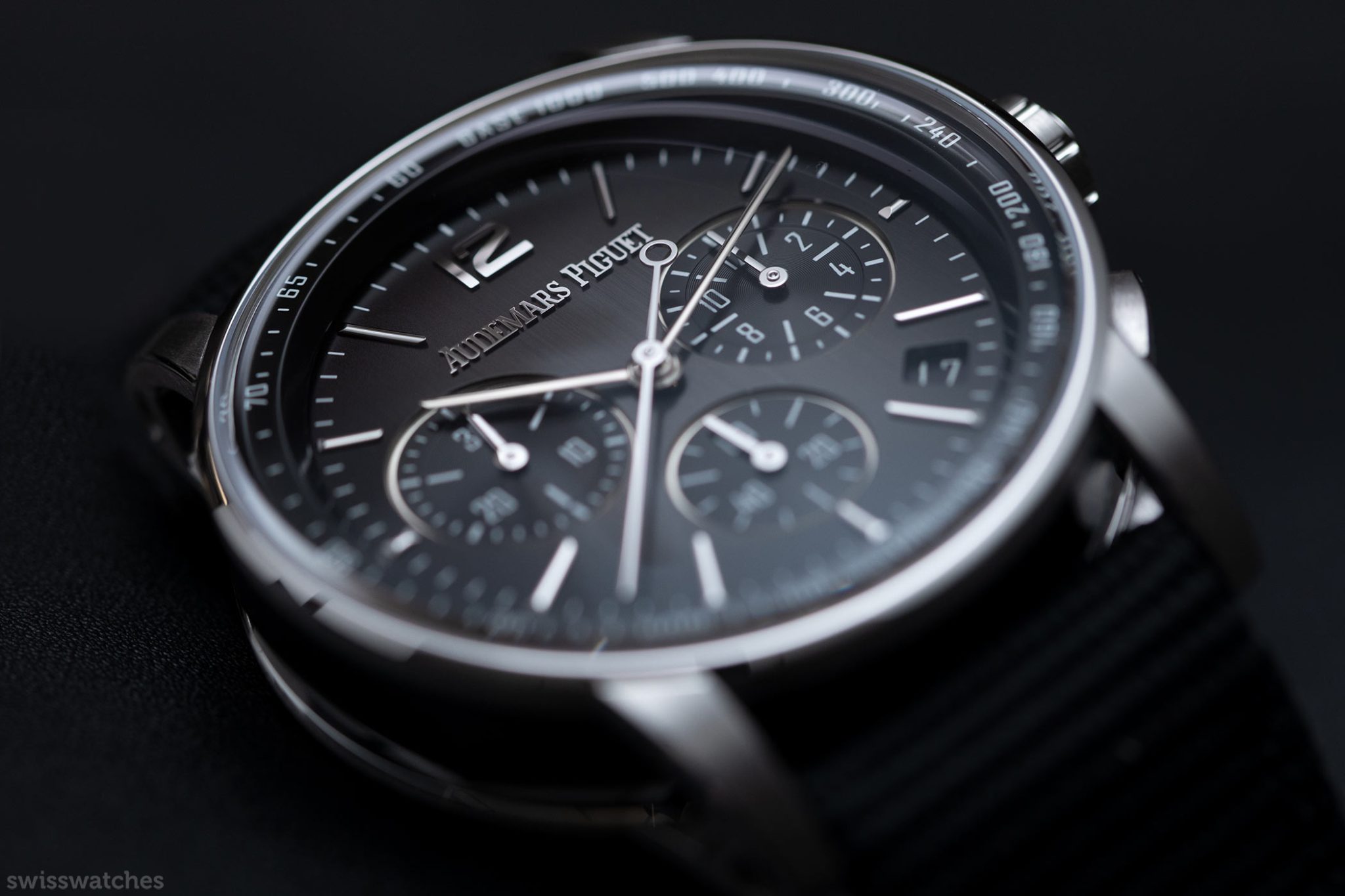
Around half of the 1,600 who work at AP played a role in the production of the Code 11.59 by Audemars Piguet. The lettering alone took around two years to develop. One supplier even opted out, because development was producing too much scrap material. The project appeared to be on the brink; but no-one at AP considered giving up.
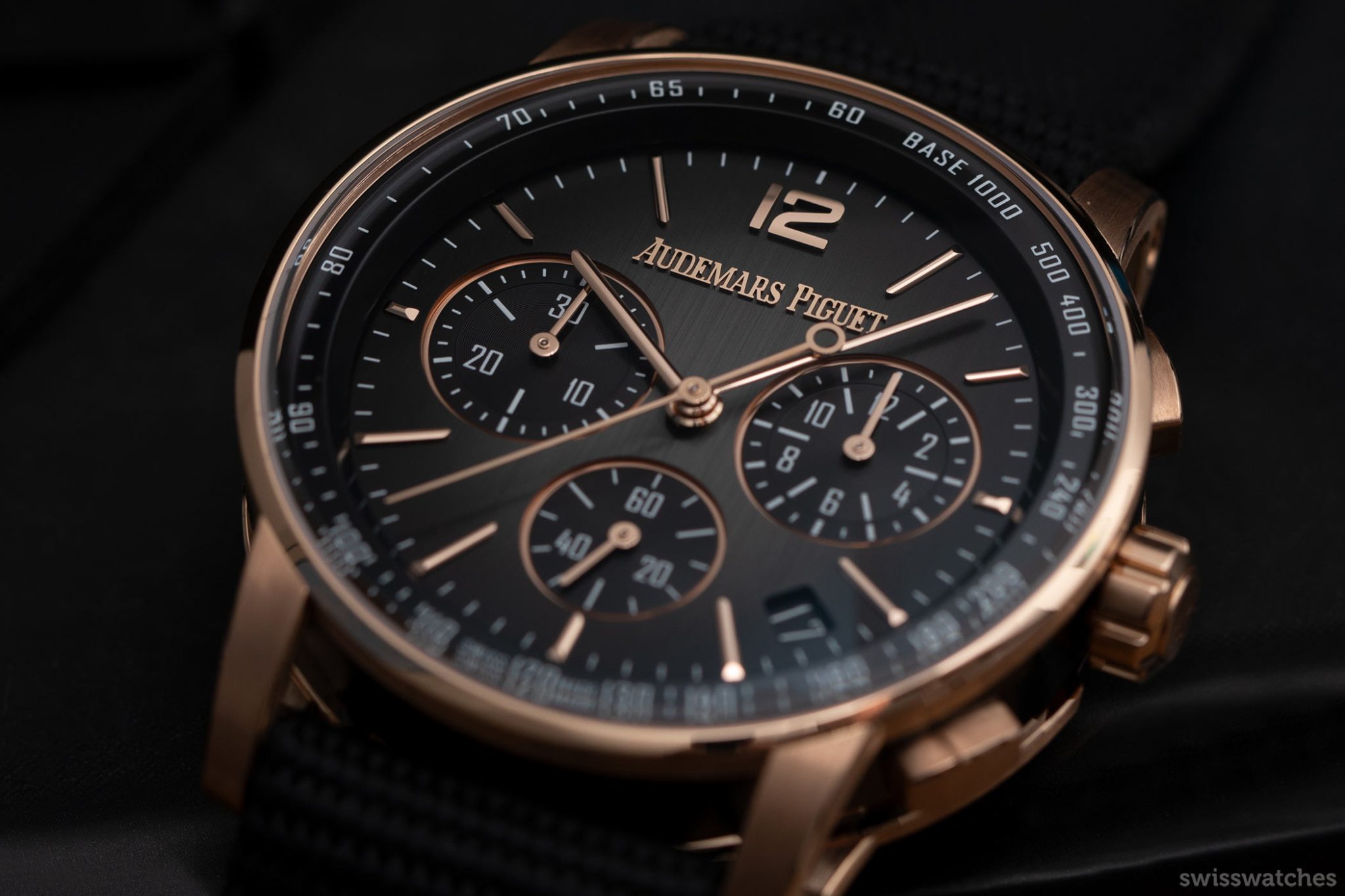
The sapphire crystal
Studying the Code 11.59, one soon notices that its bezel is strangely thin. This is because it had to be adapted to the unusual shape of the sapphire crystal. The inner surface of the crystal is domed, while the outer surface curves down vertically from 6 to 12 o’clock.

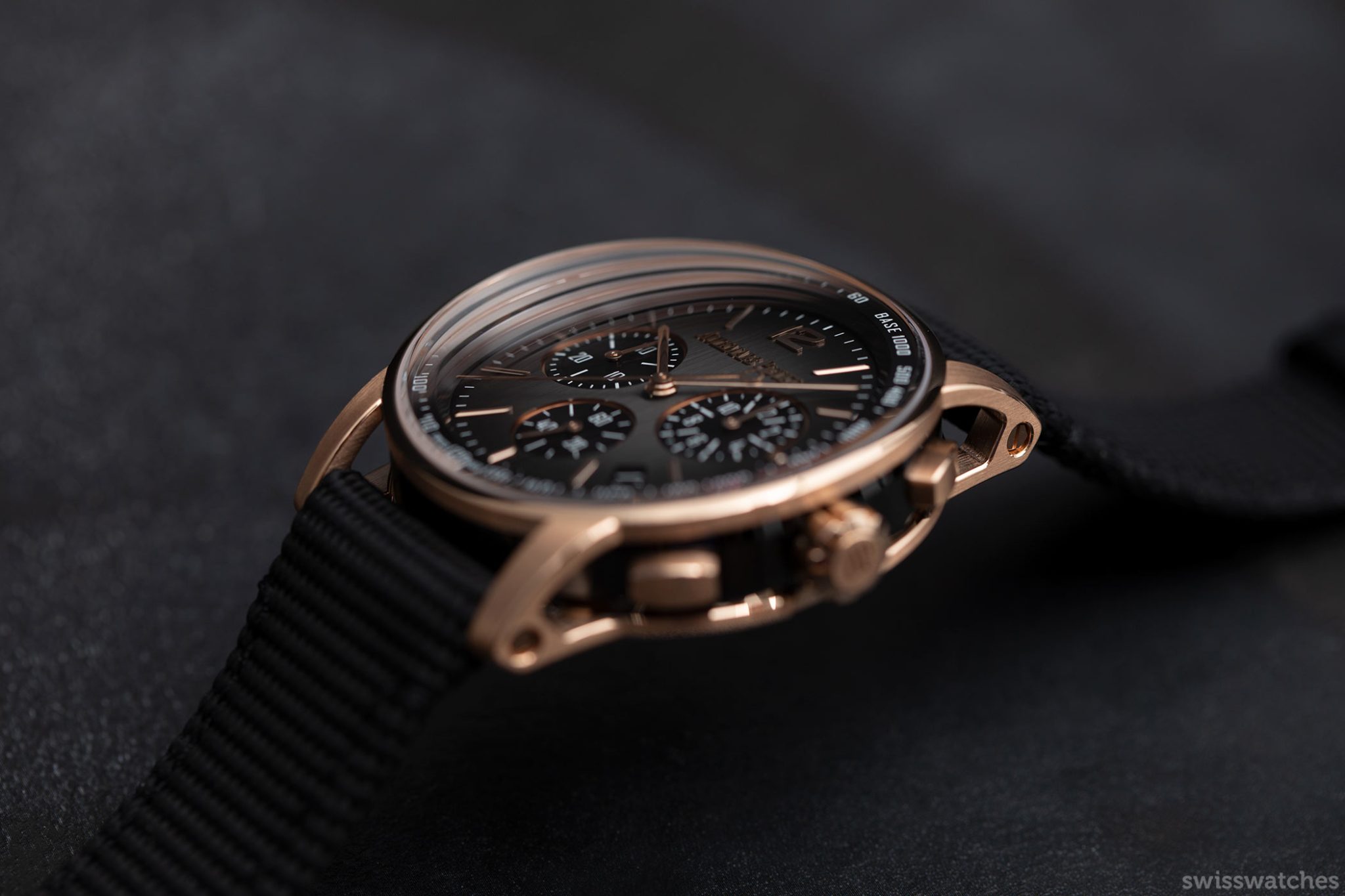
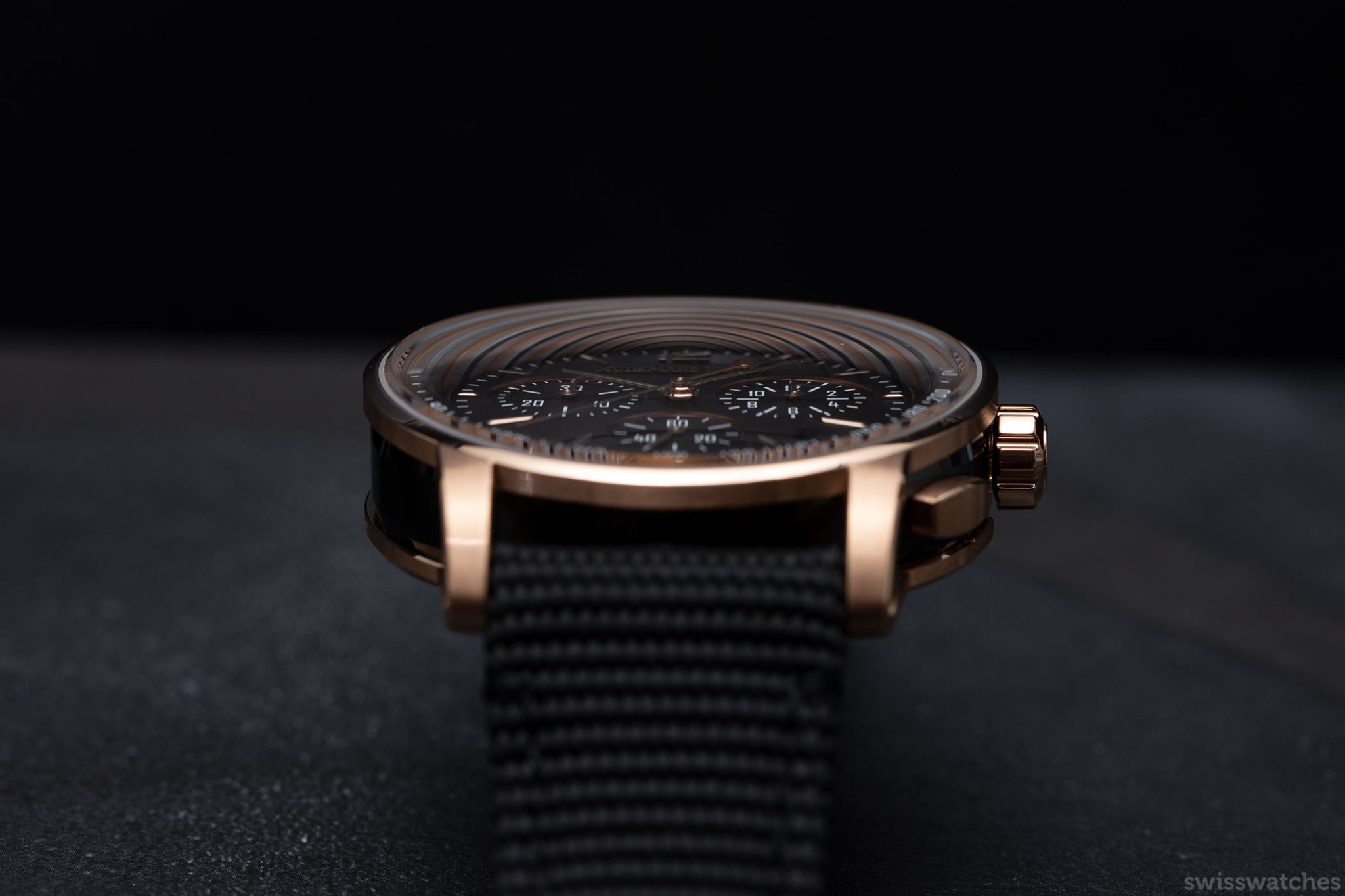
The sapphire crystal’s design aims to allow for the best possible readability of the dial from all angles. The result is truly amazing, as you’ll see upon viewing the watch in person. However, the thin bezel plus extra-large sapphire crystal does makes the watch look larger on the wrist than it actually is (41 mm).
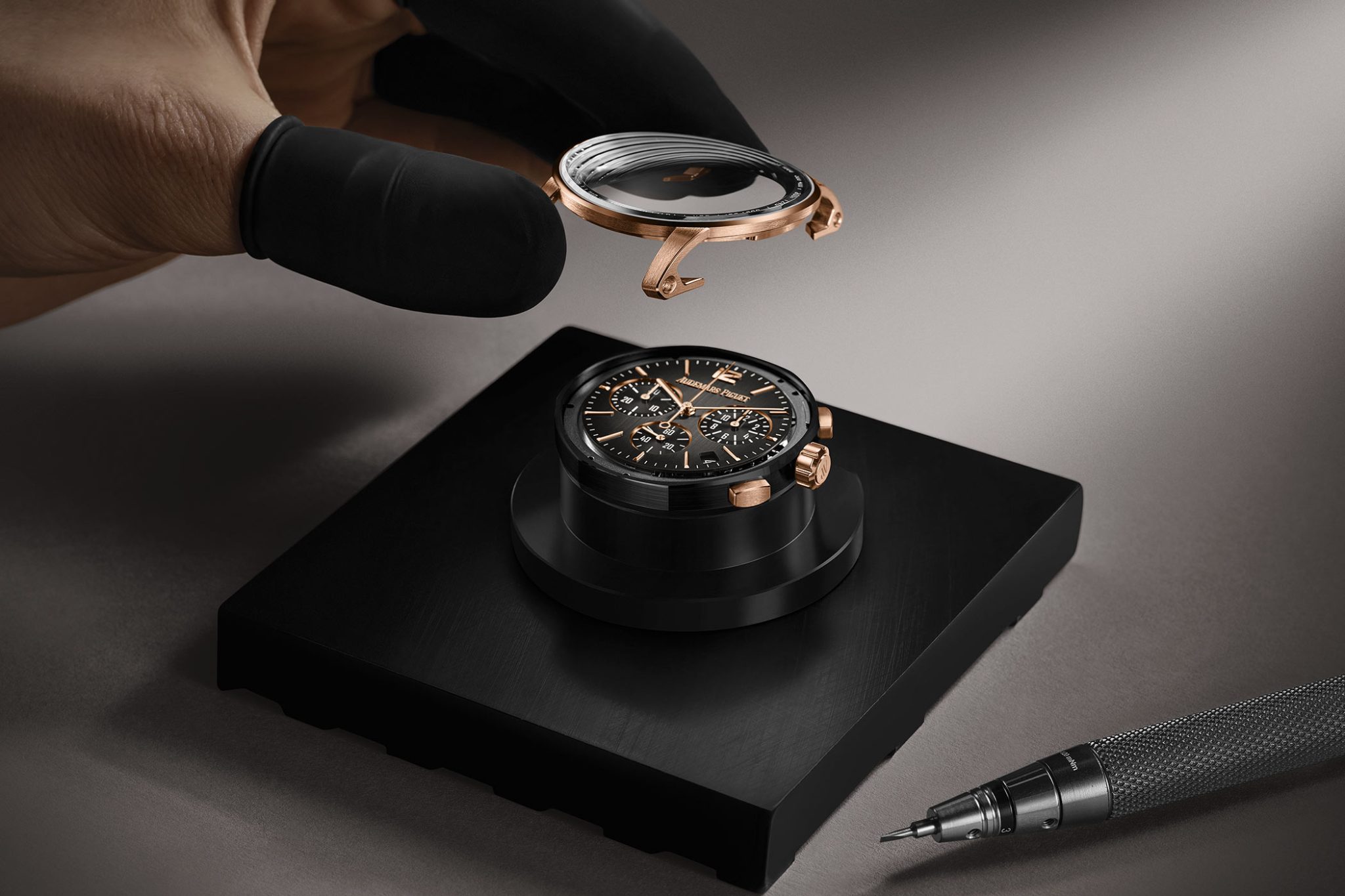
The lugs
A completely new manufacturing process also had to be developed for the lugs. The upper lug is welded to the extra-thin bezel. Meanwhile, the lower part gently leans against the edge of the case, thus creating a floating effect. At the same time, the lugs are also open-worked. This makes it twice as difficult for them to withstand any forces acting on them. As mentioned earlier, regardless of whether you find this aesthetically pleasing or not, it demonstrates a certain level of experimentation, not to mention innovative spirit, that has characterised AP since its founding in 1875.
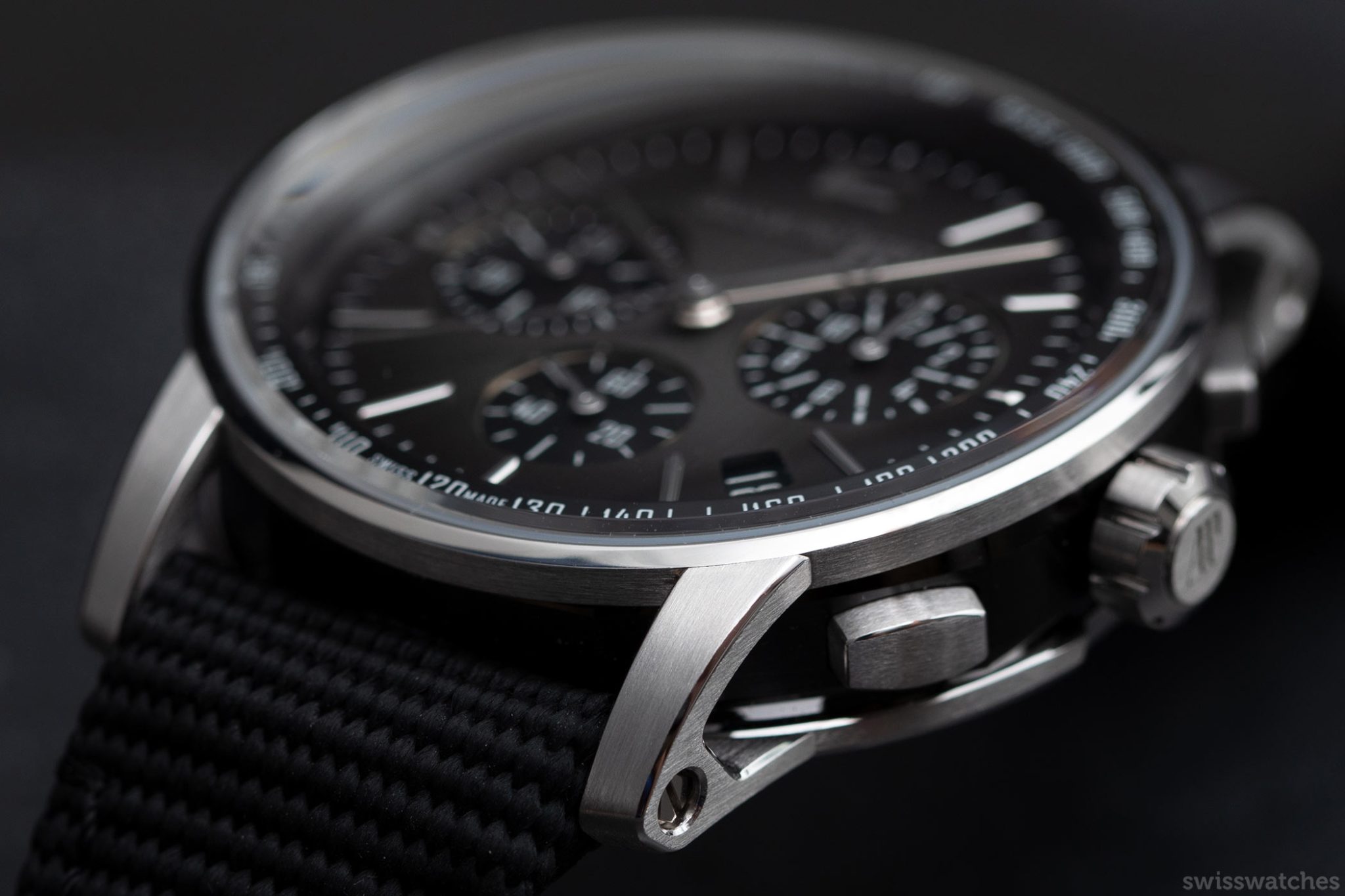
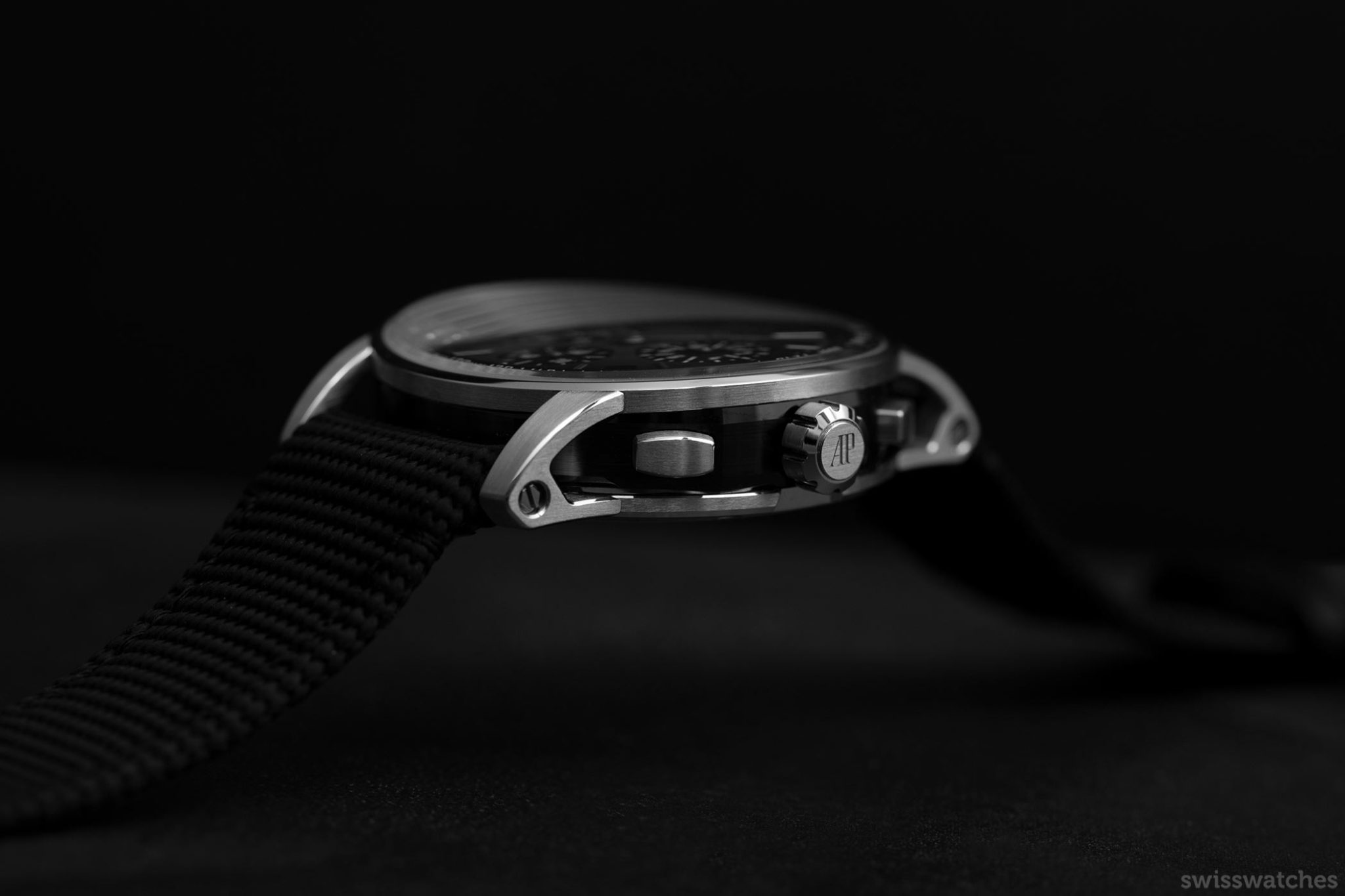
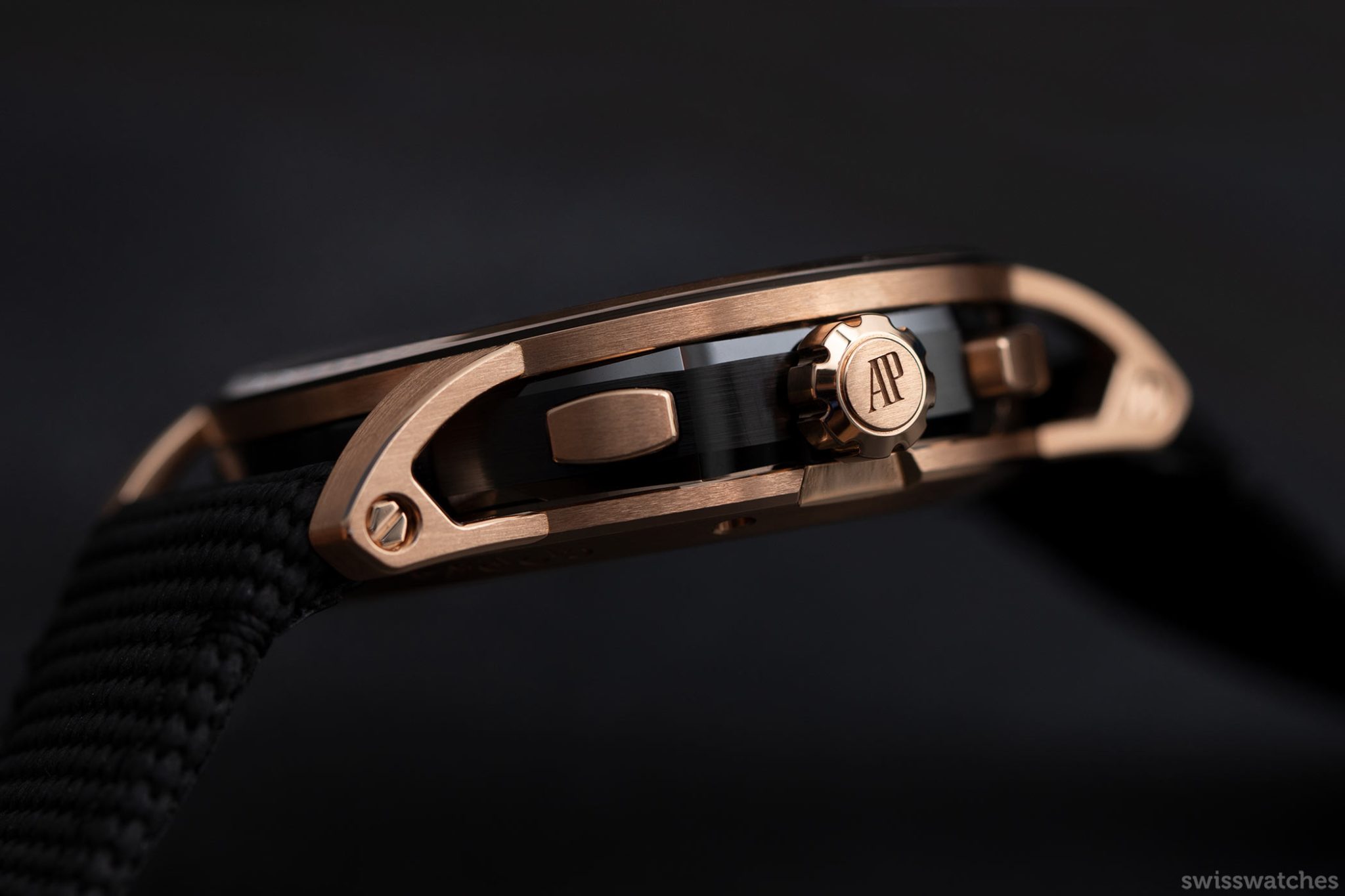
The movement
AP conceived a new manufacture movement especially for the Code 11.59 by Audemars Piguet collection. Powering the chronographs – including both new models – is the in-house calibre 4401. This integrated chronograph with a column-wheel mechanism and flyback function allows the chronograph to be restarted without the wearer having to first stop and reset it.
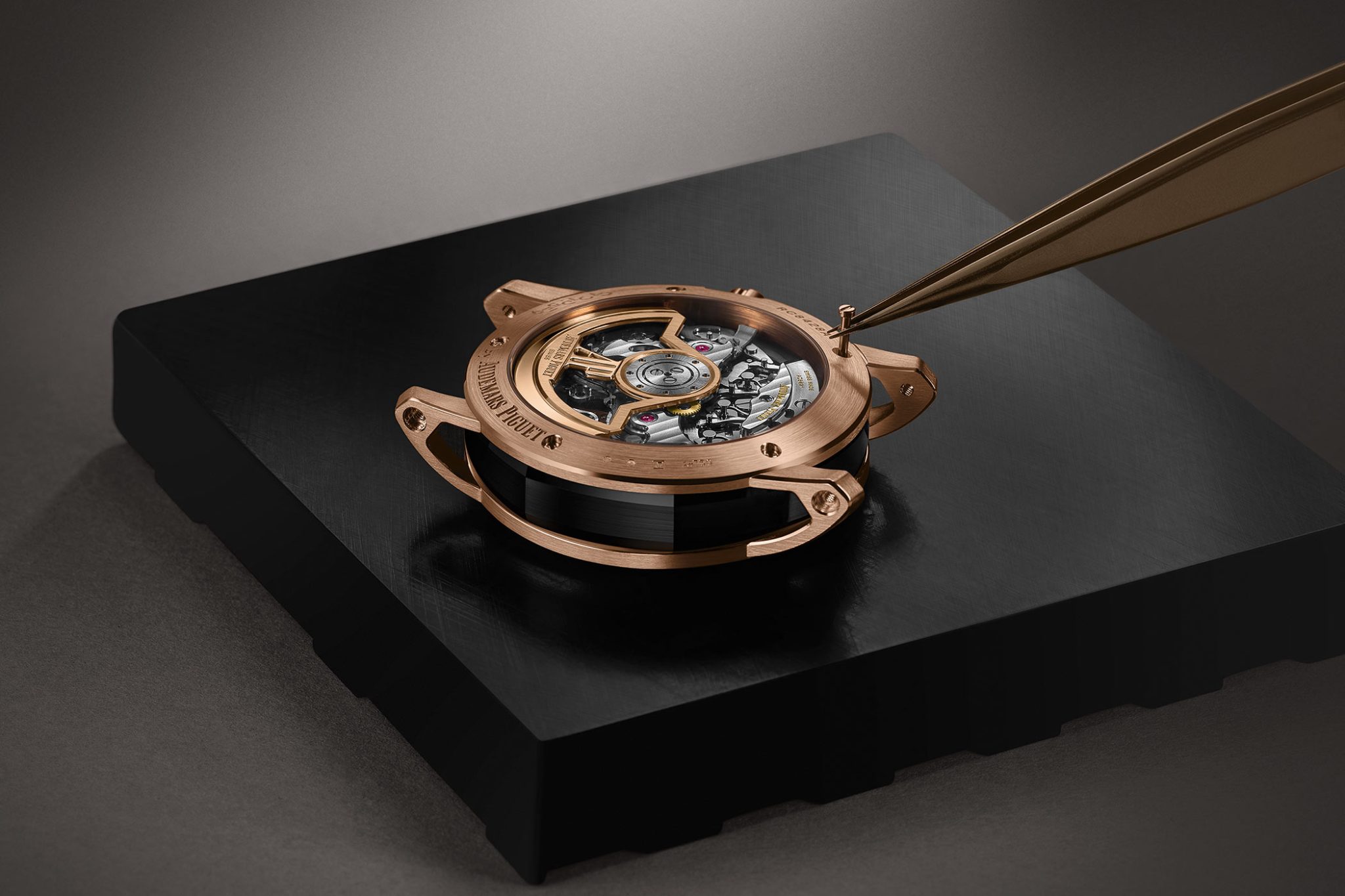
Furthermore, the 32 mm movement features a patented zero resetting mechanism. This ensures that each one of the counter hands can be seamlessly reset to zero. The calibre also integrates a vertical clutch system, preventing the hands from springing when the chronograph starts and stops. Finally, the sapphire crystal caseback reveals many of the 367 components, including their exquisite finishing. In addition to the 22-carat rose gold oscillating weight, the calibre showcases Geneva stripes, traits tirés, perlage, sunray brushing and polished bevels.
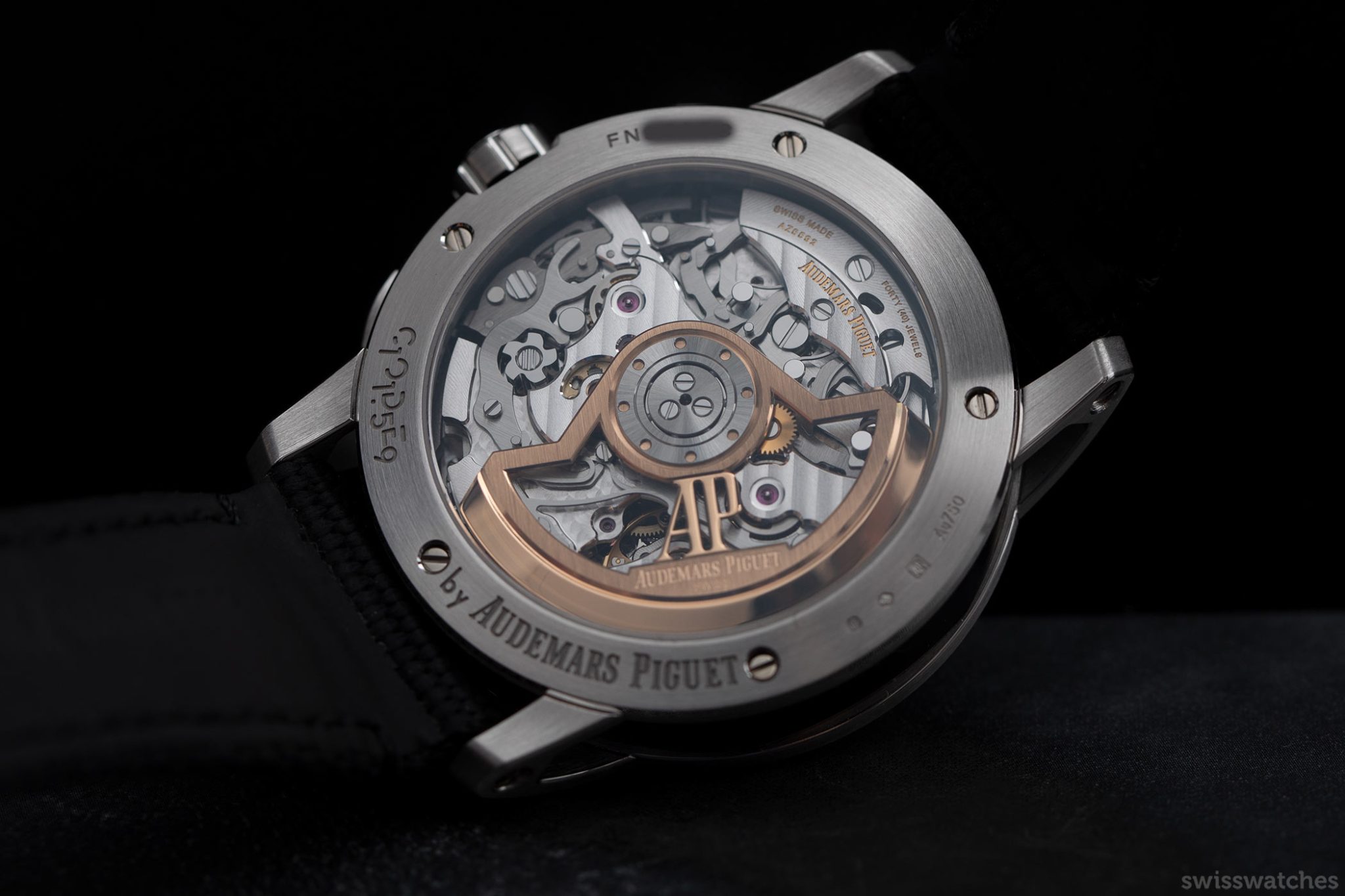
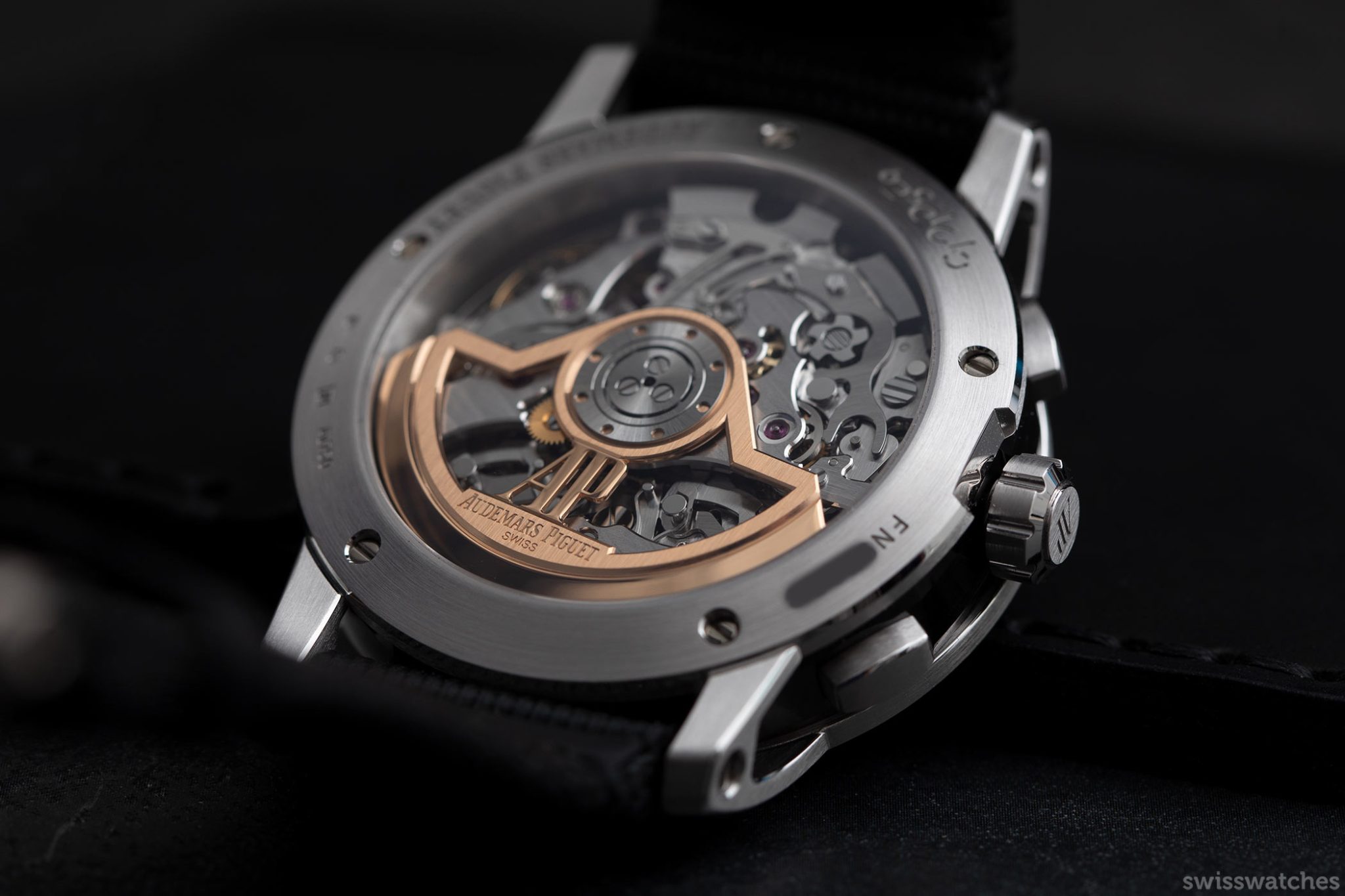
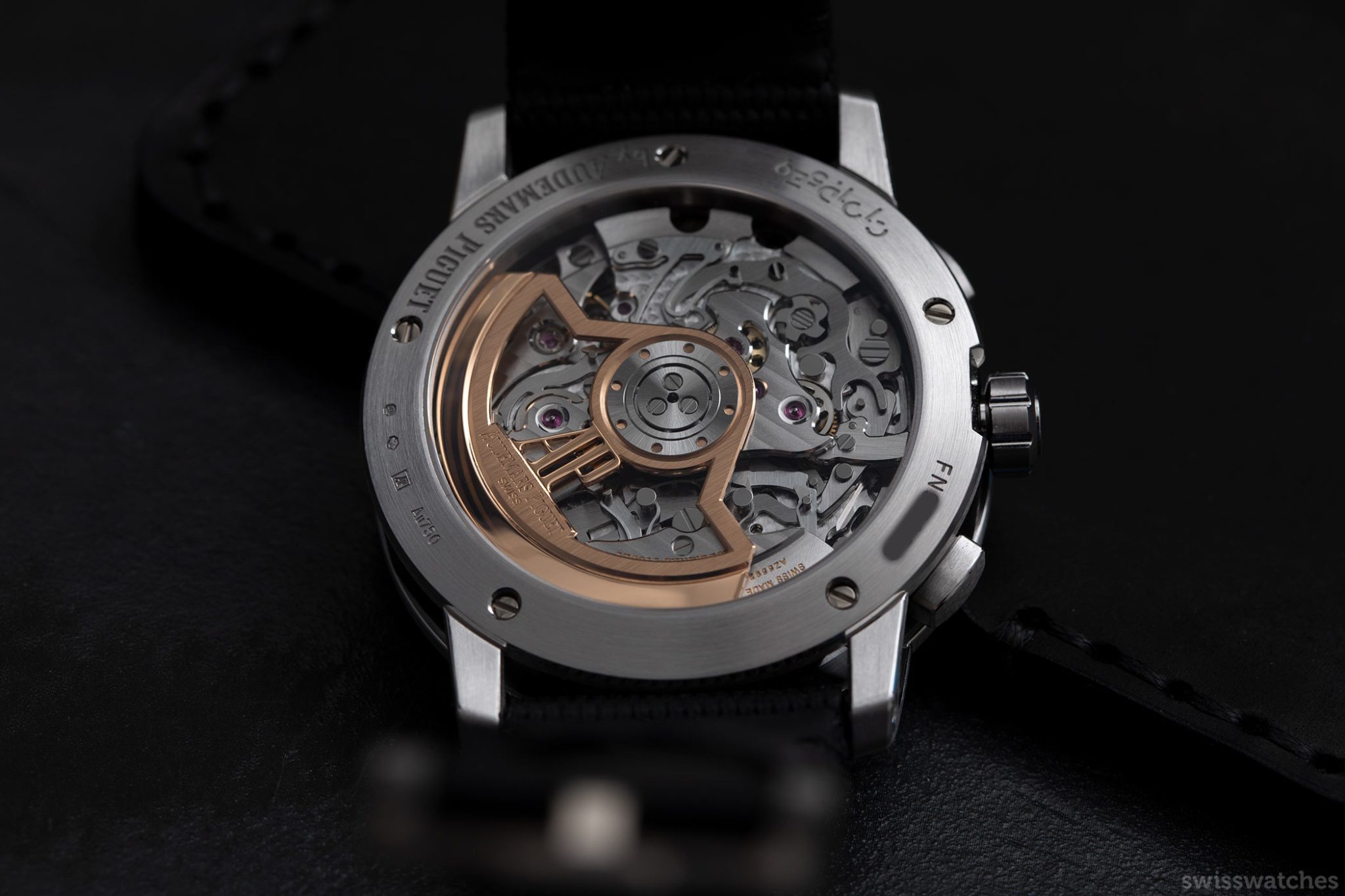
Here to stay
Once an apparent enfant terrible, the Code 11.59 is now a confident and established watch, to the extent that it is now hard to imagine AP without it. This is highly impressive, given its tender two-year history within the company’s 146-year history. Bennahmias’ initial goal was to allocate around 20% of current annual production to the Code 11.59 alone. This means around 10,000 Code 11.59 watches per year in 2022, assuming production does increase to the target 50,000. However, the company has not yet confirmed these goals.
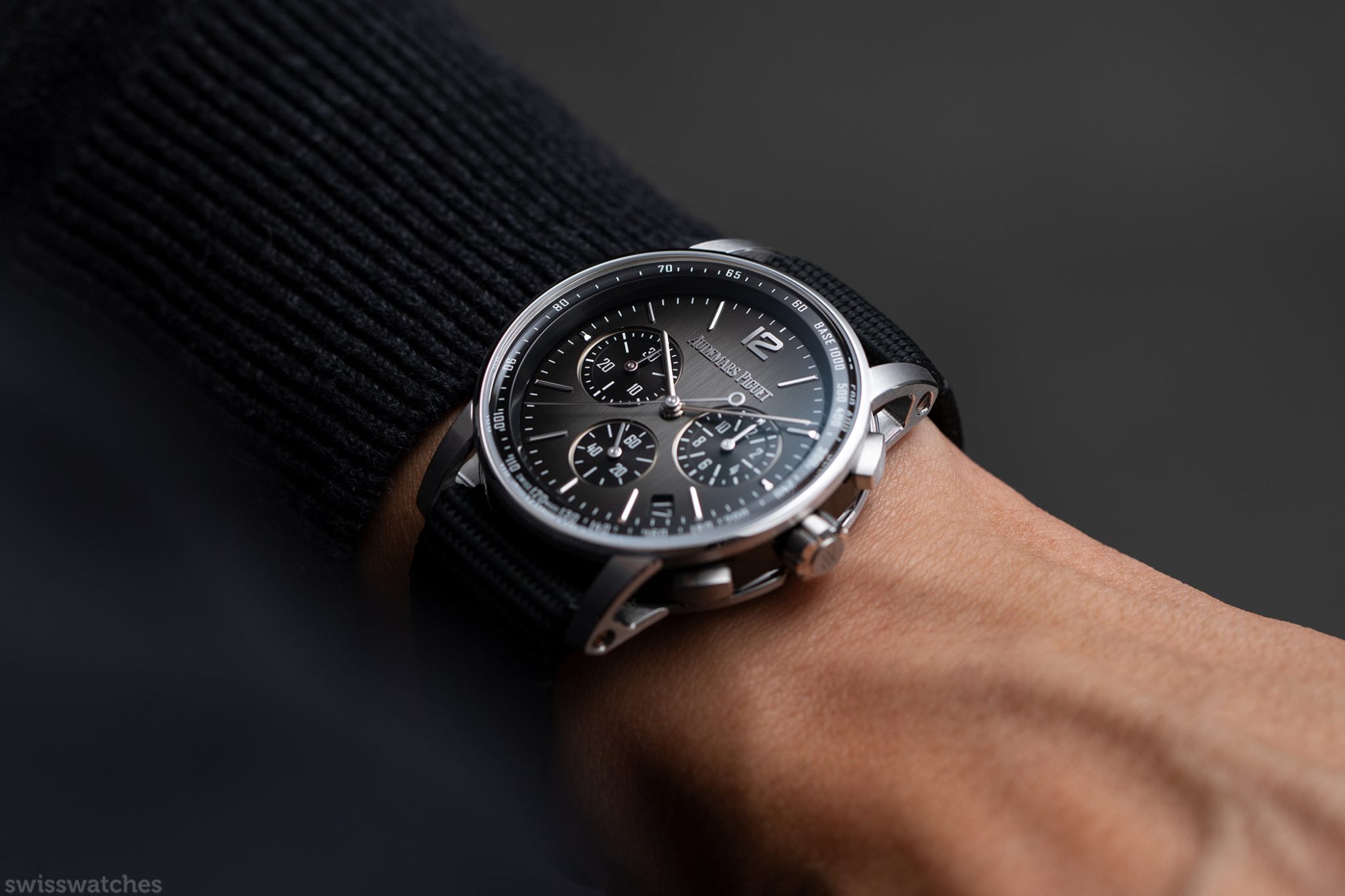
The use of black ceramic works astonishingly well with both the rose- and white-gold models. At the same time, the complex multiple-part case brings the extraordinary case further into the limelight. It also makes the Code 11.59 match even better to Bennahmias’ vision of a “watch for every occasion”. It is time for its last few critics to come to terms with the watch – because in all likelihood, it’s here to stay.
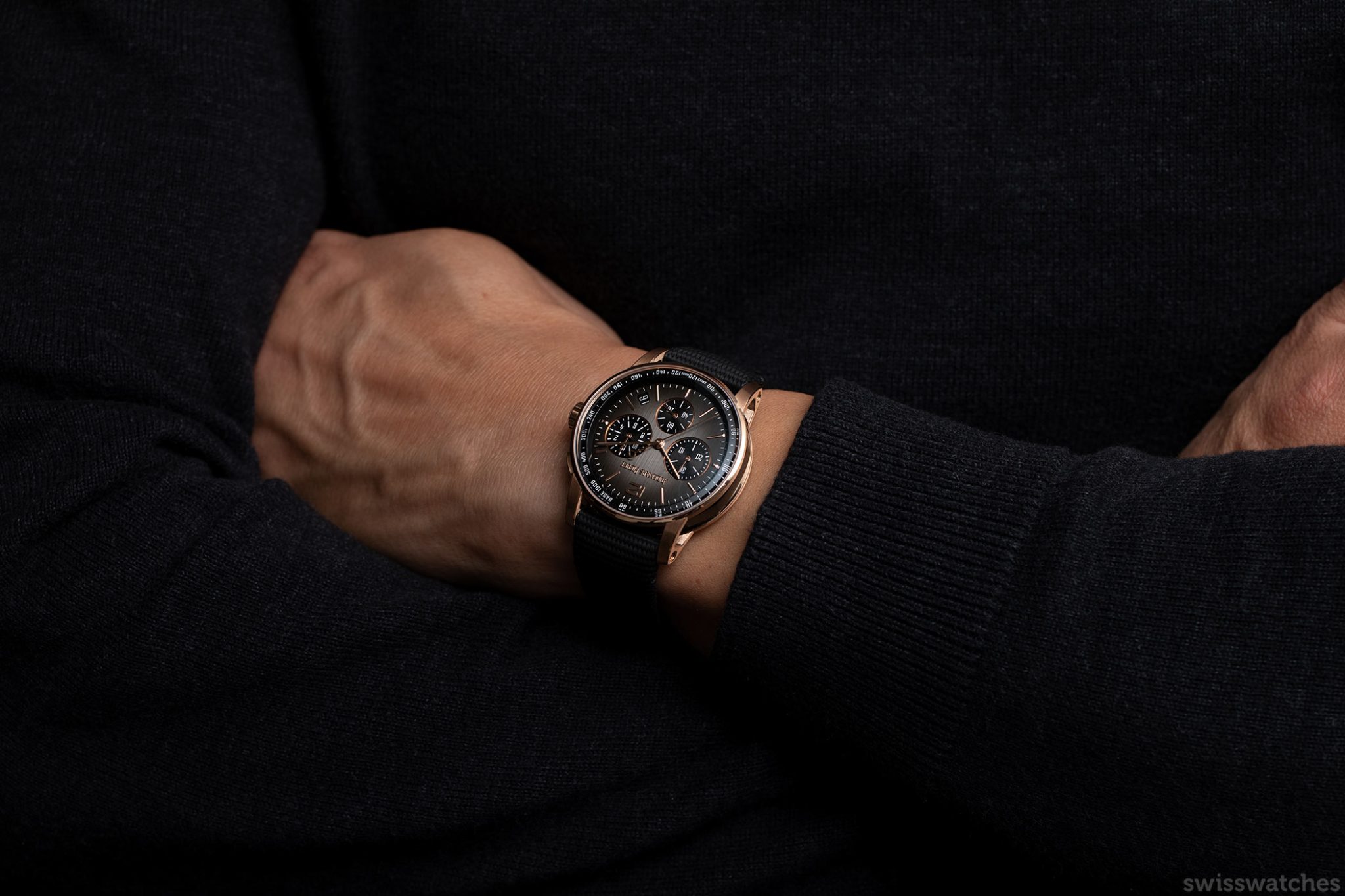
Features
26393NR.OO.A002CA.01 [Rose gold]
Height: 12,6 mm
and date


